FAQ - Advanced Bathroom Queries
Does Any Fill Valve Fit Any Toilet

Do you find yourself feeling frustrated in the quest to discover the ideal fill valve for your toilet? We’ve all experienced the struggle of tirelessly searching for a fitting that matches perfectly.
But fear not! In this article, we will delve into the world of toilet fill valves, exploring their compatibility and the factors that affect it.
Get ready to master the art of finding the right fill valve for your toilet and bid farewell to those plumbing woes once and for all.
Key Takeaways
- Universal fill valves may not fit all toilets.
- Toilet brand and model can impact fill valve compatibility.
- Water pressure and flow rate can affect the suitability of fill valves for certain plumbing systems.
- Understanding compatibility factors is crucial for troubleshooting fill valve issues.
Toilet Fill Valve Basics
Toilet fill valve basics cover the essential information about how to choose and install the right fill valve for your toilet. Understanding fill valve components is key to successfully troubleshooting any problems that may arise.
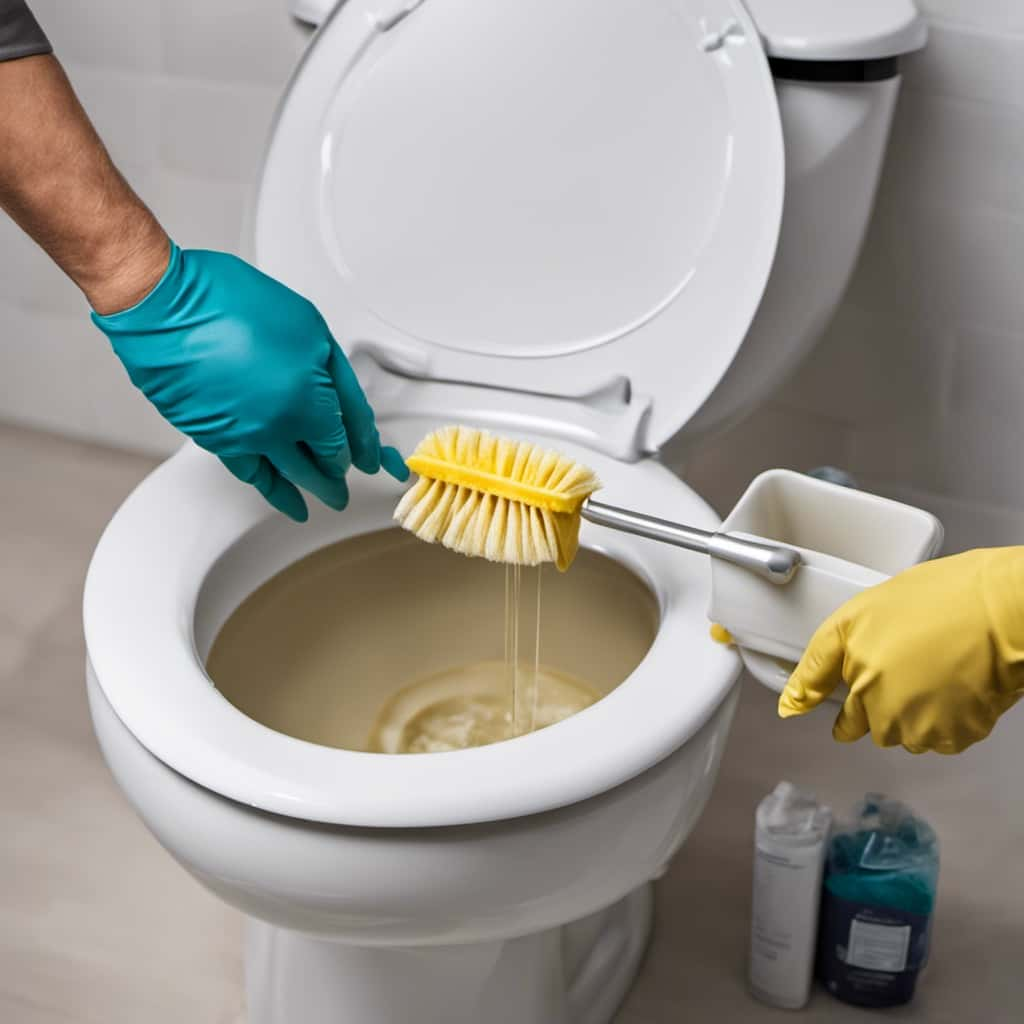
The fill valve is responsible for regulating the water flow into the toilet tank, allowing it to fill up after each flush. It consists of several components, including the float, refill tube, and the valve itself. The float is designed to rise as the water level in the tank rises, signaling the valve to shut off the water flow.
The refill tube directs water into the overflow tube, preventing any potential overflow. When troubleshooting fill valve problems, it’s important to check for any leaks, adjust the float level if necessary, and ensure proper water flow.
Understanding Toilet Fill Valve Compatibility
When it comes to understanding toilet fill valve compatibility, it’s important to consider whether any fill valve will fit every type of toilet. While there are universal fill valves available, not all toilets are compatible with these universal options. To ensure a proper fit and function, it’s crucial to consider the specific requirements of your toilet.
Factors affecting toilet fill valve compatibility:
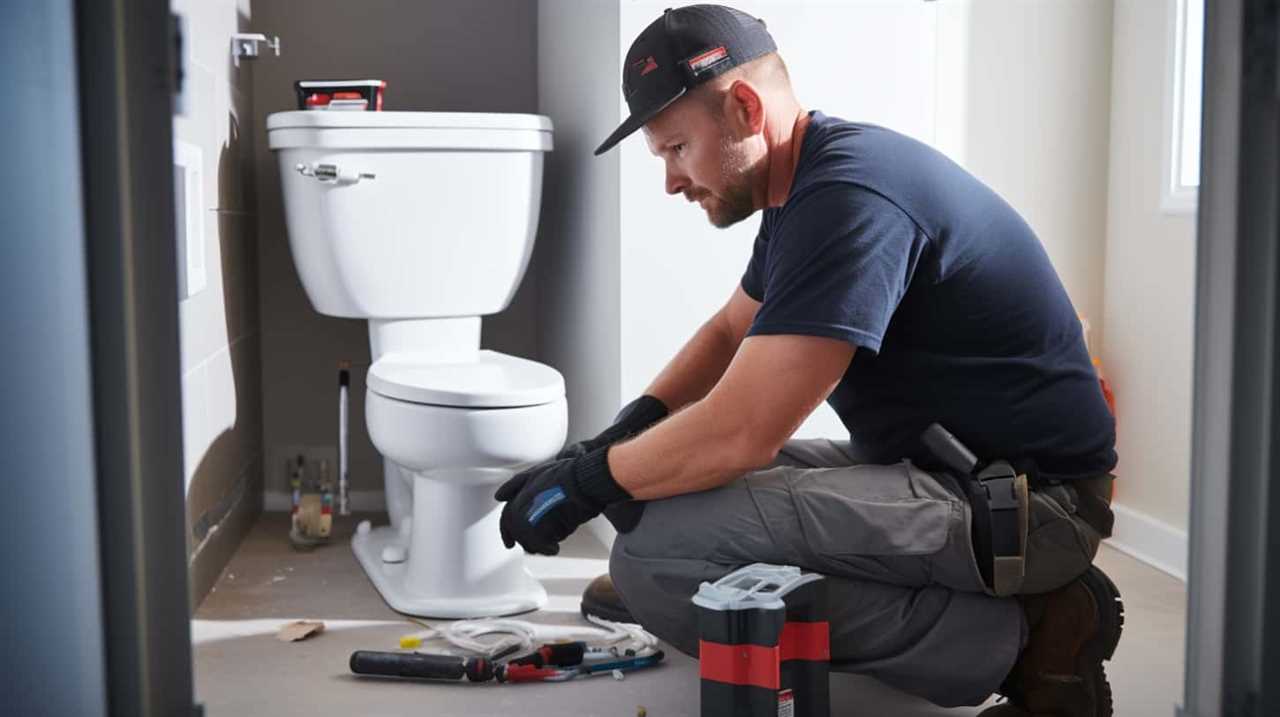
- Toilet brand and model: Different toilets have varying design specifications, such as the size and shape of the tank, which can impact the compatibility of fill valves.
- Water pressure and flow rate: Some fill valves are designed to handle higher water pressure or flow rates, while others may not be suitable for certain plumbing systems.
Understanding these compatibility factors is essential for troubleshooting fill valve issues and ensuring a longer lifespan for your toilet’s fill valve. By choosing the right fill valve for your toilet, you can prevent leaks, optimize water usage, and maintain the efficient operation of your toilet.
Factors Affecting Fill Valve Compatibility
When considering the factors affecting fill valve compatibility, there are three key points to consider.
Firstly, toilet model compatibility is crucial as different toilets have varying dimensions and designs that may require specific fill valve types.
Secondly, water pressure requirements must be taken into account to ensure proper functioning of the fill valve.

Lastly, installation process variances, such as the type of flush lever and connection method, can also impact the compatibility of the fill valve with the toilet.
Toilet Model Compatibility
One important factor affecting fill valve compatibility is the specific model of the toilet. Different toilet models have unique designs and specifications that can impact the compatibility of fill valves. Here are two factors to consider when it comes to toilet model compatibility:
- Toilet Tank Configuration: The design of the toilet tank can vary between models, affecting the positioning and attachment of the fill valve. Some tanks may have limited space or unconventional shapes, making it challenging to install a standard fill valve. It’s crucial to choose a fill valve that aligns with the specific tank configuration to ensure proper fit and function.
- Flush System Compatibility: The flush system of the toilet, such as gravity-fed or pressure-assisted, can also influence fill valve compatibility. Each flush system requires a specific type of fill valve to accommodate its unique operating mechanism. Using an incompatible fill valve can result in issues like toilet fill valve leaking or improper water flow, leading to inefficient flushing and potential water wastage.
Considering these factors and troubleshooting toilet fill valve issues can help ensure the compatibility of fill valves with different toilet models, promoting optimal performance and preventing potential problems.
Water Pressure Requirements
How does water pressure impact the compatibility of fill valves with different toilets?

Water pressure plays a crucial role in determining the compatibility of fill valves with toilets. A fill valve requires sufficient water pressure to ensure proper functioning. Insufficient water pressure can lead to incomplete filling of the tank, resulting in a weak flush or inadequate water level. On the other hand, excessive water pressure can cause the fill valve to malfunction or lead to leaks.
Troubleshooting water pressure issues is essential to maintain fill valve compatibility. If the water pressure is too low, it might be necessary to check the main water supply line or the fill valve’s inlet screen for clogs. Conversely, if the water pressure is too high, installing a pressure reducing valve might be necessary to prevent damage to the fill valve and other plumbing components.
Installation Process Variances
We installed various fill valves on different toilets to determine the factors that affect fill valve compatibility. During the installation process, we observed several variations that can impact the compatibility of fill valves with different toilets. These installation variations include:
- Toilet Design:
- The shape and size of the toilet tank may affect the fit of the fill valve.
- Some toilets have unique features or obstructions that may require specific fill valve designs.
- Mounting Mechanism:
- The method of attaching the fill valve to the toilet tank can vary.
- Different toilets may require different types of mounting hardware or adapters.
Understanding these installation variations is crucial for ensuring the proper fit and function of a fill valve.
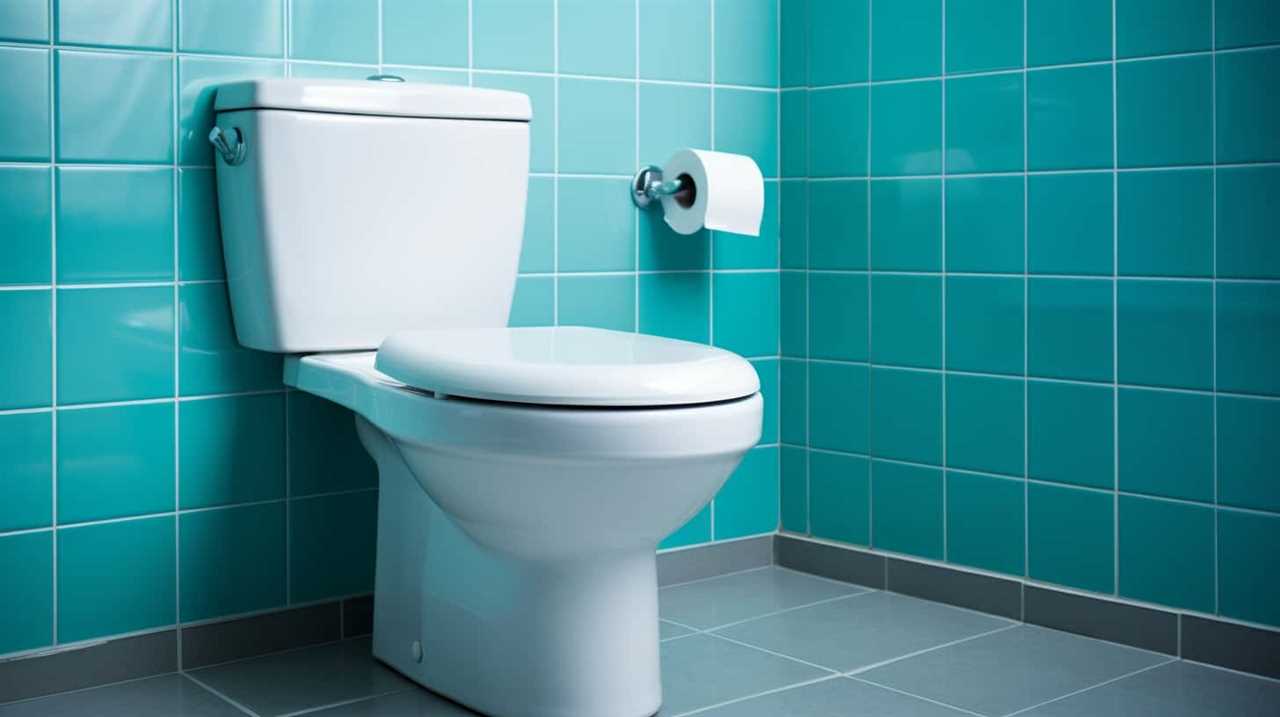
To troubleshoot any compatibility issues, here are some tips:
- Measure the dimensions of your toilet tank before purchasing a fill valve.
- Research the specific requirements of your toilet model to find a compatible fill valve.
- Consult the manufacturer’s instructions or seek professional advice if you encounter difficulties during installation.
Different Types of Fill Valves
When it comes to fill valves, compatibility is key. Understanding the different types and features of fill valves is essential for finding the right fit for your toilet.
From float valves to diaphragm valves, each type has its own installation considerations that need to be taken into account.
Compatibility of Fill Valves
An article determiner is used to introduce the subtopic: ‘The compatibility of fill valves varies depending on the different types available.’
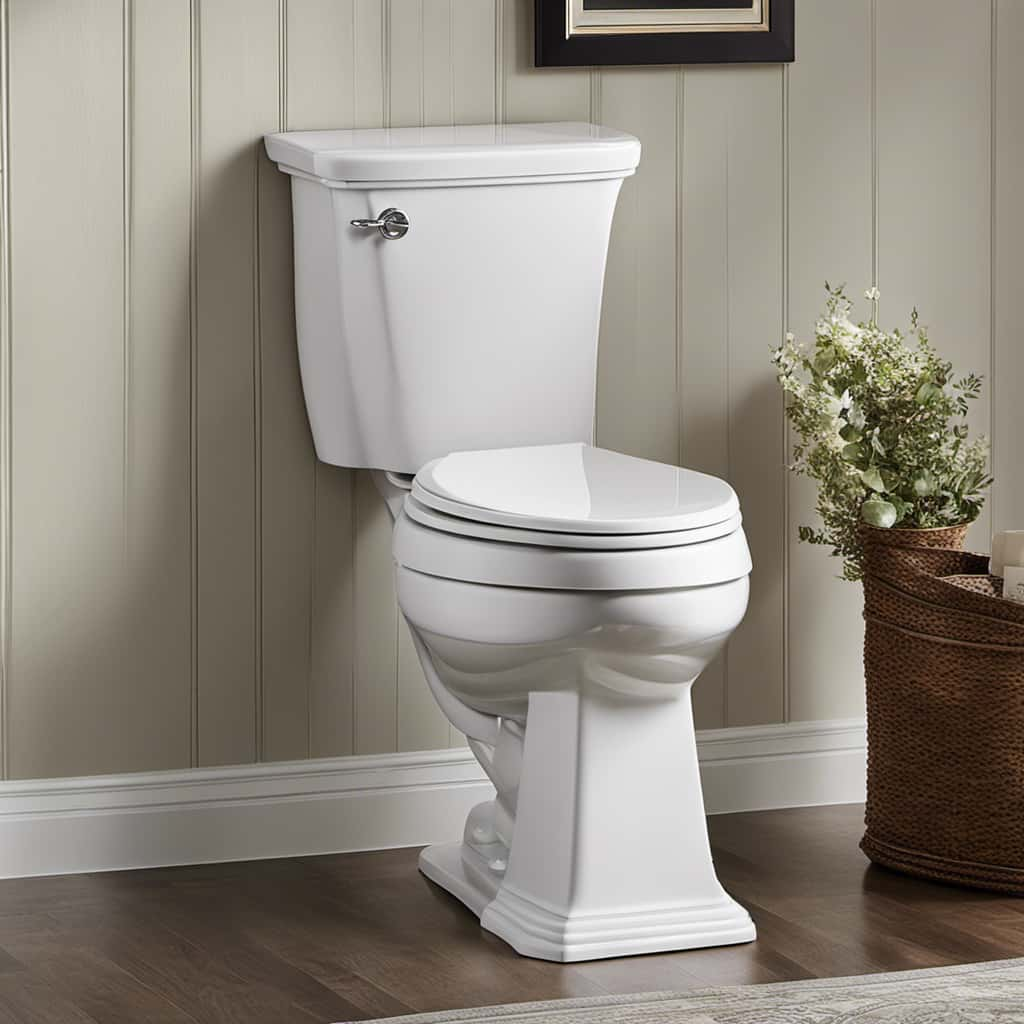
- When it comes to compatibility, it’s important to understand that not all fill valves are interchangeable. Different types of fill valves have varying specifications, which can affect their compatibility with different toilet models.
- It’s crucial to consider the lifespan of the fill valve. Over time, fill valves may deteriorate due to wear and tear, leading to issues such as inconsistent water flow or constant running water. Troubleshooting fill valve issues often involves inspecting the valve for any signs of damage, such as cracks or leaks, and replacing it if necessary.
Types and Features
The types and features of fill valves play a crucial role in determining their compatibility with different toilet models. Understanding the various types of fill valves and their specific features can be beneficial for toilet fill valve maintenance and troubleshooting fill valve issues.
One common type of fill valve is the ballcock fill valve. It consists of a floating ball attached to an arm that controls the water flow. This type of fill valve is often found in older toilets.
Another type is the diaphragm fill valve, which uses a diaphragm to regulate the water level in the tank. This type is known for its quiet operation and is commonly found in modern toilets.
Other types include the float cup fill valve, which uses a float cup to control the water level, and the pressure-assisted fill valve, which uses water pressure to fill the tank quickly. Each type of fill valve has its own unique features and advantages, so it’s important to select the right one for your toilet model.
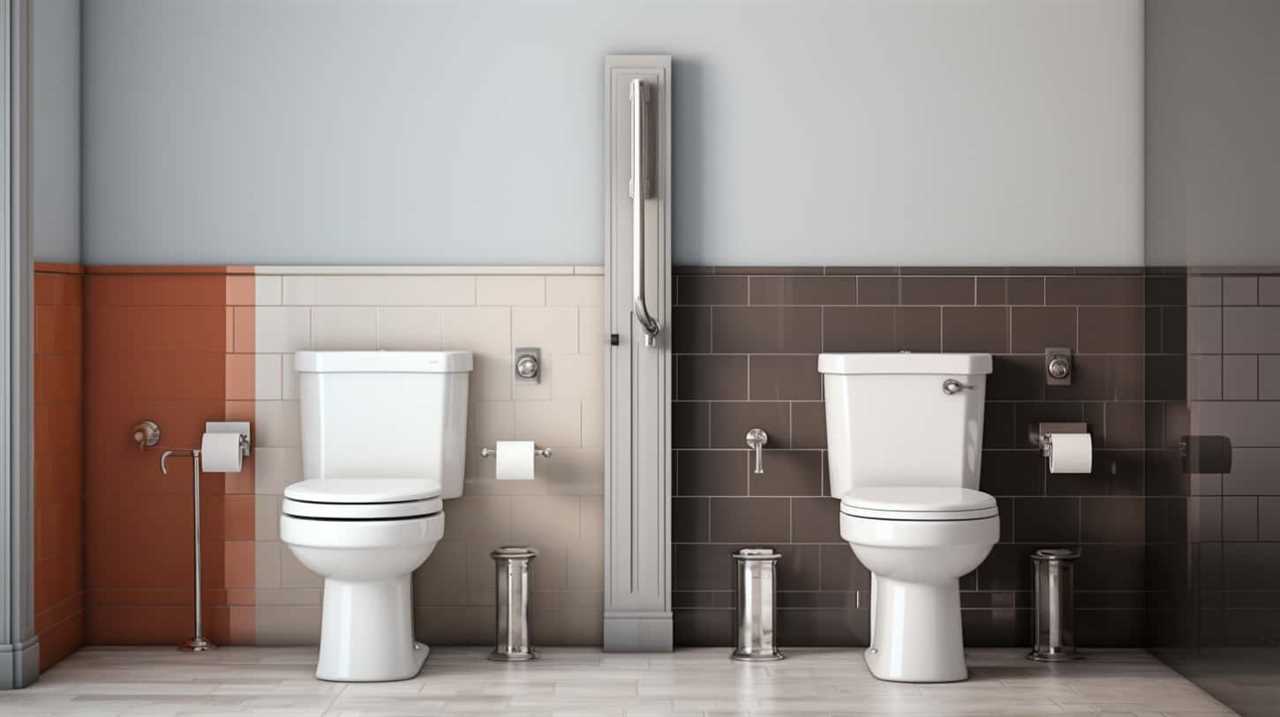
When troubleshooting fill valve issues, it’s important to consider the type and features of the fill valve. Common problems include leaks, low water levels, and inconsistent water flow. By understanding the specific type and features of your fill valve, you can identify and resolve these issues more effectively.
Installation Considerations
As we delve into the installation considerations for different types of fill valves, it’s important to note the compatibility between these valves and various toilet models. When it comes to toilet fill valve troubleshooting, it’s crucial to choose the right type of fill valve for your specific toilet model. Here are some key points to consider:
- Toilet Model Compatibility:
Different toilet models may require specific fill valve types. It’s essential to check the manufacturer’s recommendations or consult a professional to ensure compatibility.
Some fill valves may require modifications or additional parts to fit certain toilet models. It’s advisable to carefully read the installation instructions and follow them precisely. - Best Fill Valve Brands:
Choosing a reputable and reliable brand for your fill valve can greatly impact its performance and longevity.
Some well-known fill valve brands include Fluidmaster, Korky, and Toto. These brands are known for their quality, durability, and ease of installation.
How to Determine Your Toilet’s Fill Valve Size
To determine our toilet’s fill valve size, we can measure the diameter of the existing fill valve. This measurement is crucial when it comes to toilet fill valve replacement or troubleshooting toilet fill valve issues. The fill valve, also known as the ballcock, is responsible for refilling the tank after each flush. It is essential to choose the right size fill valve to ensure proper water flow and prevent leaks. To measure the fill valve diameter, simply use a ruler or measuring tape and determine the distance across the widest part of the valve. Once you have this measurement, refer to the table below to determine the corresponding fill valve size:
| Fill Valve Diameter (inches) | Fill Valve Size |
|---|---|
| 2 | Small |
| 2.5 | Medium |
| 3 | Large |
Common Issues With Replacing Fill Valves
When replacing fill valves, it’s important to be aware of common issues that may arise. Troubleshooting fill valve issues can be frustrating, but understanding the potential problems can help you tackle them effectively.

Here are some common toilet fill valve replacement problems and how to address them:
- Water leakage: If you notice water leaking from the fill valve, it could be due to a faulty seal or a loose connection. Check the seals and tighten any loose connections to resolve the issue.
- Inconsistent water flow: If the water flow from the fill valve is inconsistent, it could be caused by a clogged valve or debris in the water line. Clean the valve and flush out any debris to restore proper water flow.
Steps to Replace a Fill Valve in Your Toilet
To replace a fill valve in your toilet, we start by examining the existing fill valve and assessing its condition. Before beginning the toilet fill valve installation, it’s important to troubleshoot any fill valve issues.
First, turn off the water supply to the toilet by shutting off the valve located behind the toilet tank. Flush the toilet to drain the water from the tank. Next, disconnect the water supply line from the bottom of the tank and remove the old fill valve. Take note of the size and type of the old fill valve to ensure compatibility with the replacement.
Install the new fill valve according to the manufacturer’s instructions, making sure all connections are tight and secure. Finally, turn on the water supply and check for any leaks. This concludes the process of replacing the fill valve in your toilet.

Now that we’ve successfully replaced the fill valve, let’s move on to the next step: choosing the right fill valve for your toilet.
Tips for Choosing the Right Fill Valve for Your Toilet
Now, let’s delve into the important aspect of selecting the right fill valve for our toilet, building upon our previous discussion.
When it comes to choosing the right fill valve for your toilet, there are a few key factors to consider. Here are some tips to help you make an informed decision:
- Compatibility:
- Ensure that the fill valve you choose is compatible with your toilet model. Check the manufacturer’s specifications or consult a professional if you’re unsure.
- Consider the size and shape of your toilet tank to ensure a proper fit.
- Performance:
- Look for a fill valve that offers reliable and efficient water flow. Opt for models that provide adjustable water levels to prevent overfilling and excessive water consumption.
By following these tips, you can ensure a successful toilet fill valve installation and minimize the chances of encountering any troubleshooting fill valve issues.
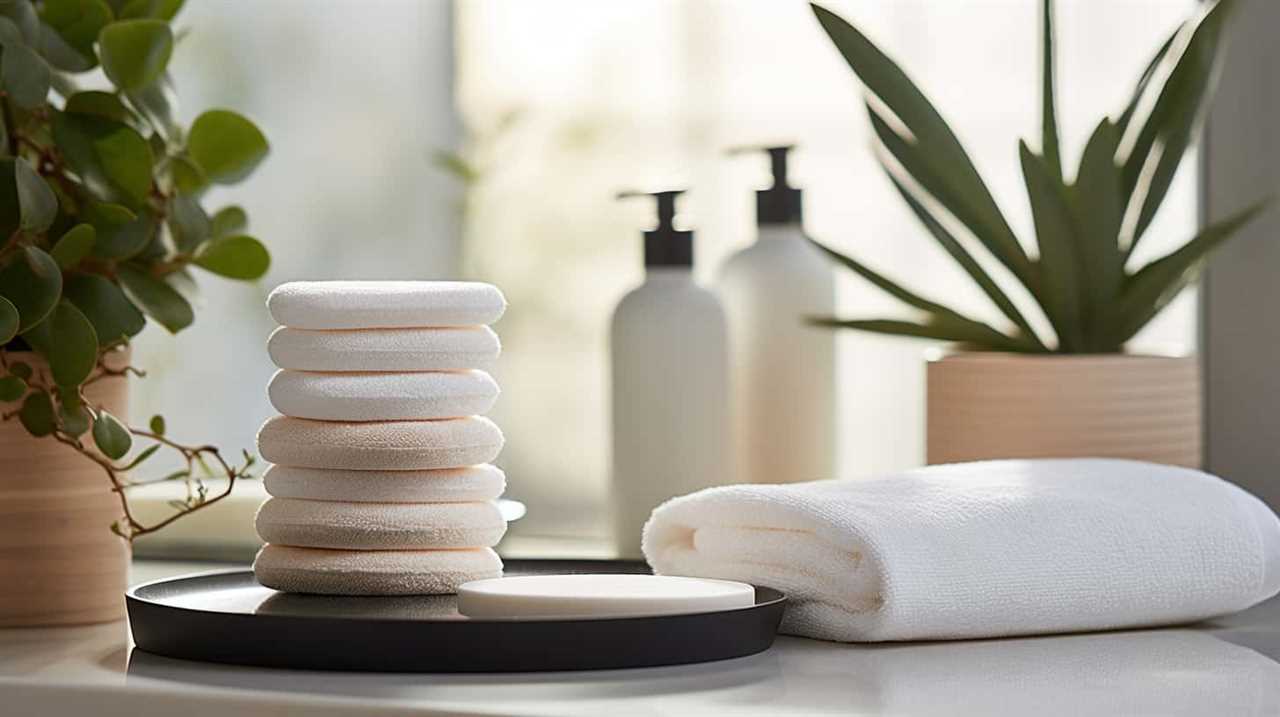
Conclusion: Finding the Right Fill Valve for Your Toilet
In order to find the right fill valve for our toilet, we need to consider compatibility, performance, and other important factors. Finding the right replacement parts can be a daunting task, but with a little knowledge and research, you can make an informed decision. Start by identifying the specific model and brand of your toilet, as this information will help you narrow down your options. Additionally, troubleshooting common fill valve issues can also provide valuable insights. Below is a table summarizing some key considerations when selecting a fill valve:
| Compatibility | Performance |
|---|---|
| Ensure the fill valve is compatible with your toilet’s make and model. | Look for a fill valve that provides efficient water flow and quick refill times. |
| Check for adjustable height options to accommodate different toilet tank sizes. | Consider a fill valve with a quiet operation to minimize noise. |
| Look for a fill valve that is easy to install and maintain. | Opt for a fill valve with a durable construction to prevent leaks and ensure longevity. |
Frequently Asked Questions
Can I Use a Fill Valve From a Different Brand in My Toilet?
Yes, we can use a fill valve from a different brand in our toilet. However, it’s important to consider fill valve compatibility and performance to ensure proper functionality and water efficiency.
Are All Fill Valves Adjustable in Terms of Water Level?
All fill valves are not created equal. While some fill valves are adjustable in terms of water level, not all are compatible with older toilets. It is essential to choose a fill valve that suits your specific toilet model.
Will a Universal Fill Valve Fit in Older Toilets?
Yes, a universal fill valve can fit in older toilets. However, it’s important to consider compatibility with dual flush toilets and adjust water pressure accordingly for optimal performance.
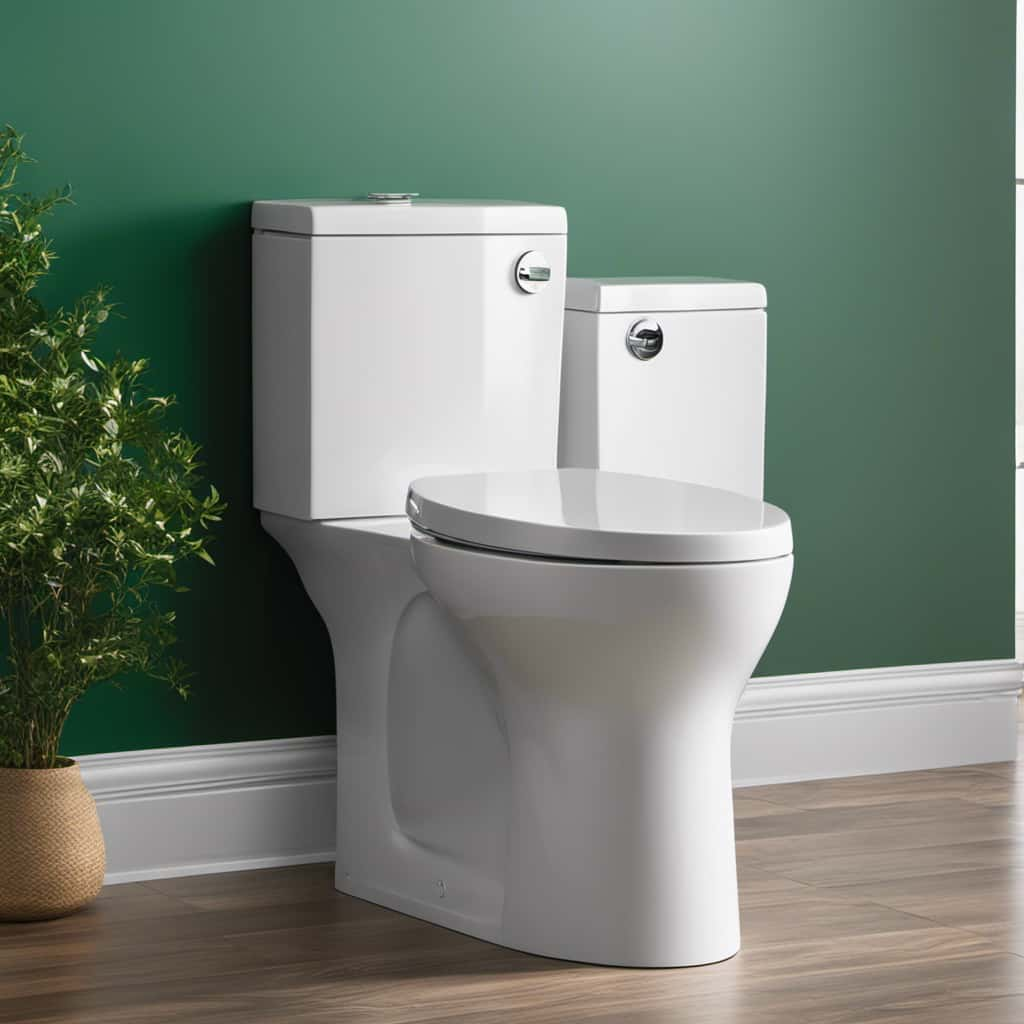
Can I Install a Fill Valve With a Higher Flow Rate in My Toilet?
Installing a fill valve with a higher flow rate in a toilet can increase water efficiency, but it may also lead to potential risks such as overflow. Determining the appropriate flow rate is crucial to balance performance and water usage.
Are There Any Fill Valves That Are Specifically Designed for Low-Flow Toilets?
Yes, there are fill valves specifically designed for low-flow toilets. These valves are optimized to work efficiently with low water consumption, providing the benefits of a low flow toilet while still ensuring proper flushing. There are also alternatives to low flow toilets, such as dual flush systems.
Conclusion
After understanding the basics of toilet fill valves and their compatibility with different toilets, it’s clear that not any fill valve will fit any toilet. Factors such as size, type, and specific toilet model play a crucial role in determining the right fill valve for your toilet.
By following the steps to replace a fill valve and considering the tips for choosing the right one, you can ensure a seamless and efficient flushing experience for your toilet.

With an impeccable eye for detail and a passion for bathroom-related, Ava leads our editorial team gracefully and precisely.
Under her guidance, Best Modern Toilet has flourished as the go-to resource for modern bathroom enthusiasts. In her free time, you might find Ava exploring antique shops and looking for vintage bathroom fixtures to add to her collection.
FAQ - Advanced Bathroom Queries
Why Won’t My Toilet Flush Without Power

If you’ve ever been stuck in a challenging situation during a power outage, frantically trying to figure out why your toilet isn’t flushing, don’t worry – we’re here to explain this common dilemma.
In this article, we’ll explore the role of electricity in toilet flushing and delve into the components of a power-dependent flushing system. We’ll also uncover the reasons behind toilet flushing failure during power outages and provide alternative methods to ensure a functional toilet, even without power.
So, let’s dive in and master the art of flushing without electricity!
Key Takeaways
- Electricity is essential for the flush mechanism of modern toilets.
- Power outages can disrupt the functioning of the components that control flushing.
- Alternative methods for flushing a toilet without power include manually filling the tank, pouring water into the bowl, or using portable toilet options.
- Preparing for power outages involves installing backup power sources, stocking up on water, considering water-saving toilets, and educating oneself on alternative flushing methods.
The Role of Electricity in Toilet Flushing
In our experience, the main role of electricity in toilet flushing is through the operation of the electrically-powered flush mechanism. This mechanism is responsible for initiating the flushing action by activating the water flow and creating the necessary pressure to remove waste from the bowl.
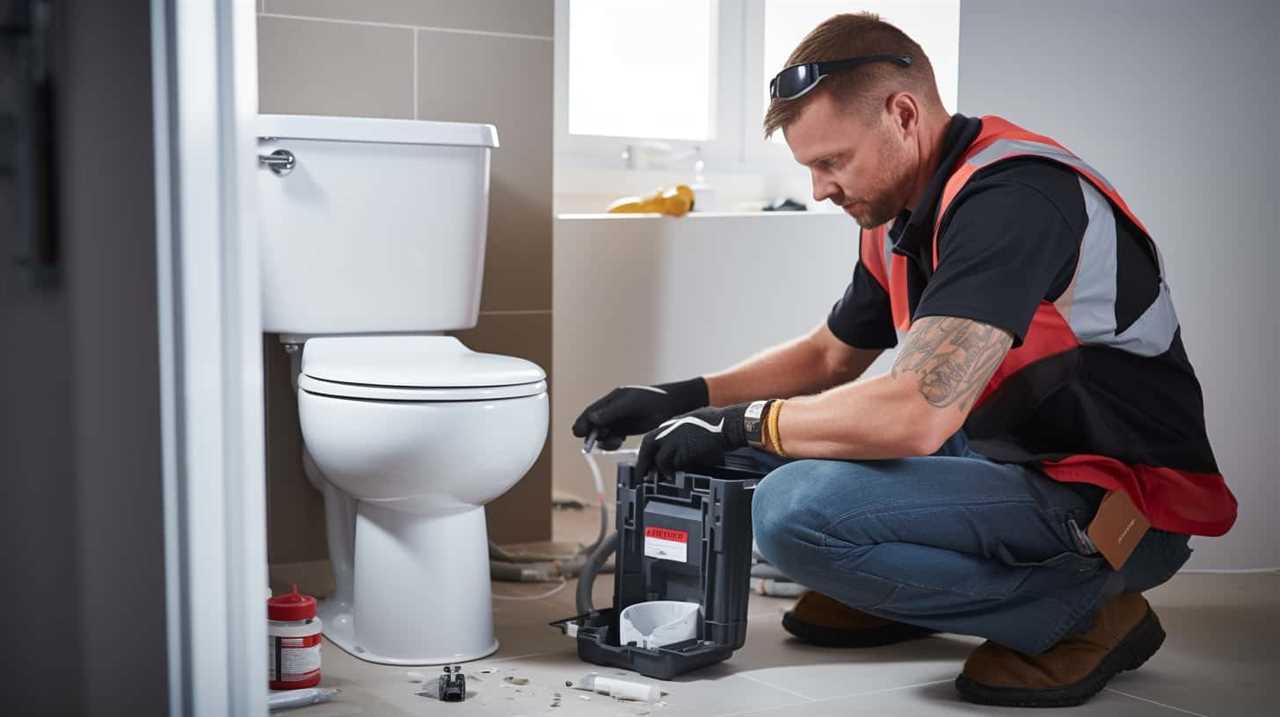
The impact of water pressure on toilet flushing can’t be overstated. Adequate water pressure ensures a strong and efficient flush, while low water pressure can result in incomplete waste removal and potential clogs.
The history of electricity in toilet technology dates back to the early 20th century when electrically-powered flush mechanisms were first introduced. Since then, advancements in technology have led to more efficient and effective flushing systems, improving overall toilet performance.
Understanding the role of electricity in toilet flushing is crucial for maintaining a properly functioning toilet system.
Components of a Power-Dependent Flushing System
To understand the components of a power-dependent flushing system, we need to examine the inner workings of the toilet. Power saving toilet technology has become increasingly popular due to its ability to reduce energy consumption and minimize the impact of power outages on water pressure. Let’s take a closer look at the key components involved in this system.
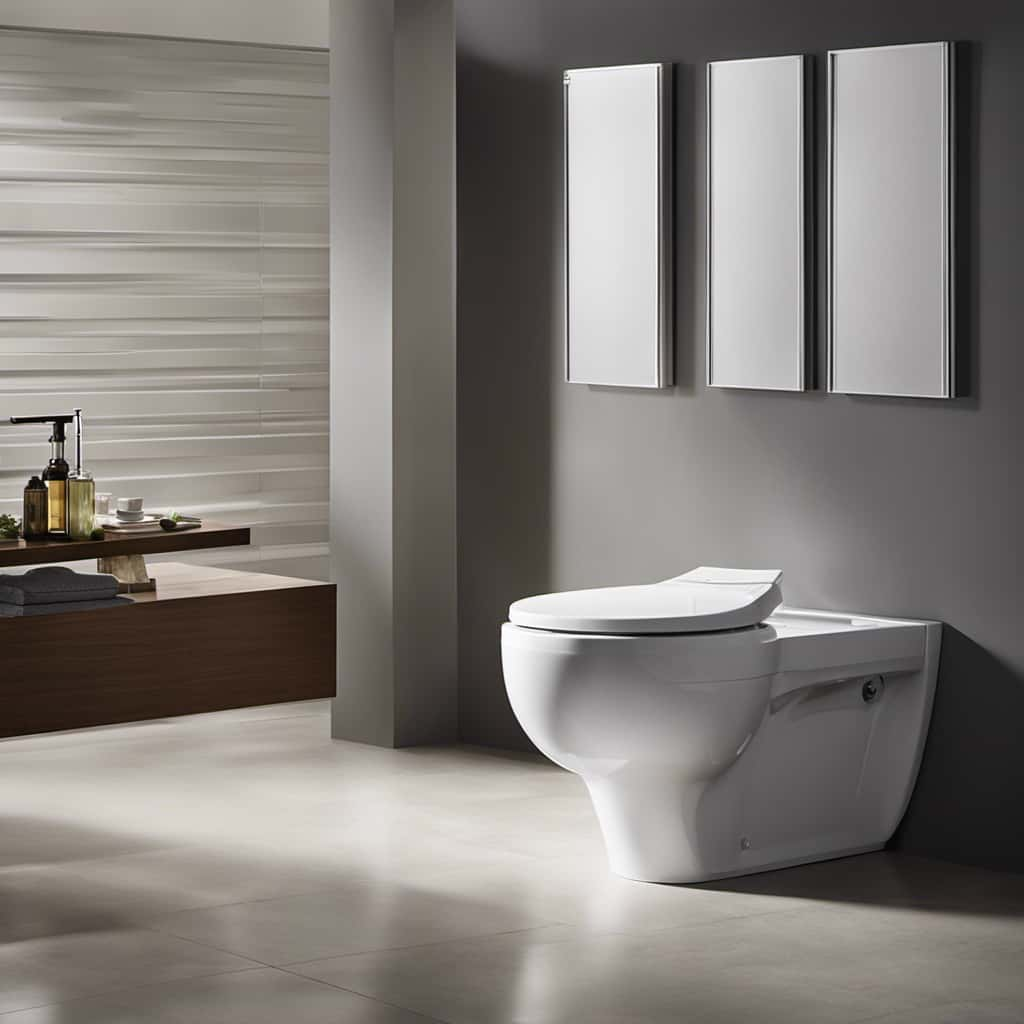
| Component | Function |
|---|---|
| Flapper valve | Controls the release of water from the tank into the bowl |
| Fill valve | Regulates the water level in the tank |
| Flush valve | Opens to allow water to flow into the bowl during flushing |
During a power outage, the lack of electricity can disrupt the functioning of these components, particularly the flapper valve. Without power, the flapper valve may fail to open, preventing the water from being released into the bowl. Additionally, the fill valve may not be able to replenish the water in the tank, leading to decreased water pressure and a weaker flush. Understanding these components helps us comprehend why a toilet may not flush without power.
Common Reasons for Toilet Flushing Failure During Power Outages
When power outages occur, we often experience toilet flushing failure due to several common reasons. One of the main causes is the reliance on electricity for the flushing mechanisms of modern toilets. These mechanisms, such as electric pumps or pressure-assisted systems, require power to operate. Without electricity, these mechanisms can’t generate the necessary force to flush the toilet effectively.
Another reason for flushing failure during power outages is a clogged or malfunctioning toilet. Blockages in the pipes or a faulty flush valve can impede the flushing process, even when power is available. Troubleshooting toilet flushing issues should involve checking for blockages, ensuring the flush valve is functioning properly, and considering alternative methods for flushing.
Understanding these common reasons for toilet flushing failure is crucial in finding solutions and ensuring proper functionality, especially during power outages. In the next section, we’ll explore alternative methods for flushing a toilet without power.
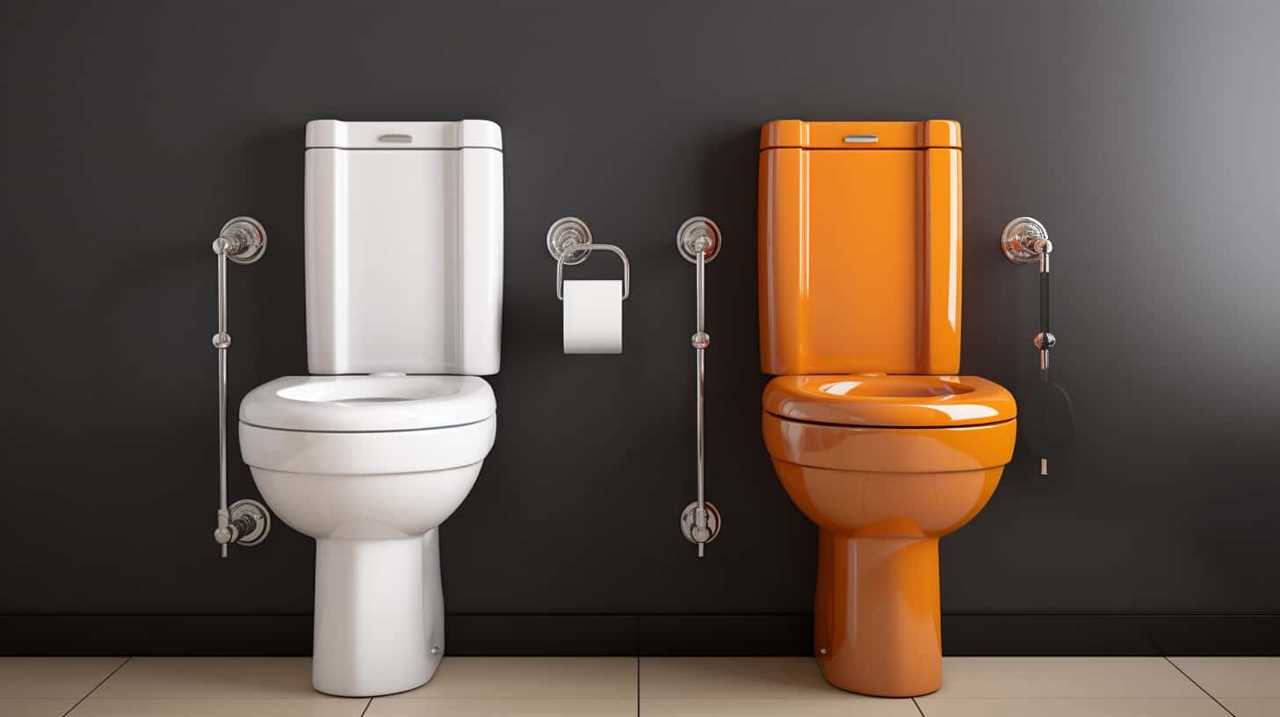
Alternative Methods for Flushing a Toilet Without Power
During power outages, when the reliance on electricity for toilet flushing mechanisms renders them ineffective, it’s important to consider alternative methods for flushing a toilet without power.
In emergency situations, there are several solutions that can be implemented to ensure proper sanitation and water conservation.
One option is to manually fill the toilet tank with water using a bucket or container. By pouring the water into the bowl, it will create enough force to flush the waste down the drain.
Another method is to use a portable camping toilet or a portable toilet seat that can be placed on top of a bucket or other container.

These emergency solutions can help maintain hygiene and prevent the spread of diseases during power outages, while also conserving water.
Preparing for Power Outages: Tips to Ensure a Functional Toilet
In order to prepare for power outages and ensure a functional toilet, we can continue the discussion by exploring some helpful tips. Here are three key suggestions to enhance toilet hygiene and emergency preparedness:
- Install a backup power source: Consider investing in a generator or a battery backup system to keep essential appliances, including your toilet, running during power outages. This will allow you to maintain proper sanitation even when the electricity is down.
- Stock up on water: Have an adequate supply of water stored for emergencies. You can use this water to manually flush the toilet by pouring it directly into the bowl. Aim for at least one gallon of water per person per day to cover your basic needs.
- Learn manual flushing techniques: Familiarize yourself with alternative methods for flushing the toilet without power. For instance, you can manually fill the toilet tank using a bucket of water to create enough pressure for a flush.
Frequently Asked Questions
How Does a Power Outage Affect the Operation of a Toilet?
During a power outage, a toilet may not flush because it relies on electricity to activate the flushing mechanism. Without power, the backup generator or emergency plumbing may be needed to restore functionality.
Can I Manually Flush a Toilet That Is Dependent on Electricity?
Yes, you can manually flush a toilet that relies on electricity. By using the emergency toilet flush or manually filling the tank and operating the lever, you can still achieve a functioning flush without power.
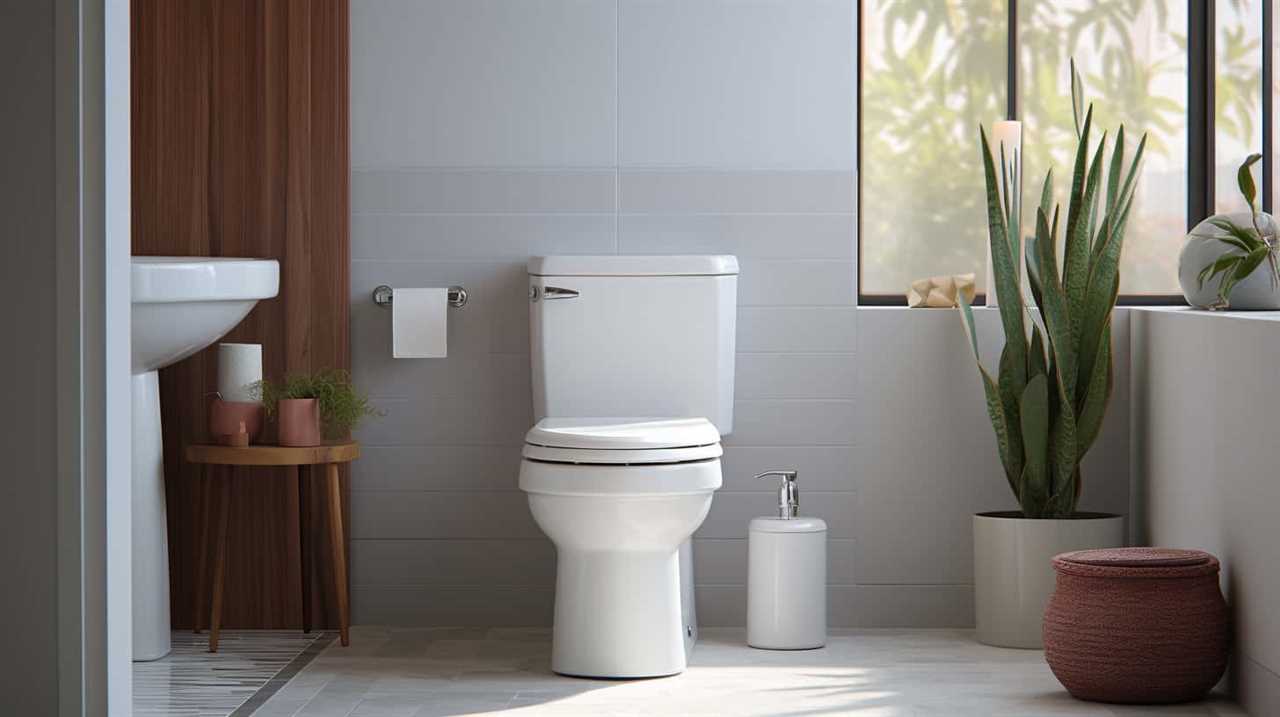
Are There Any Alternative Methods to Flush a Toilet Without Power?
Emergency toilet solutions include DIY toilet flush options. When there is no power, alternative methods can be used to manually flush a toilet. These methods ensure functionality during emergencies or power outages.
What Are the Common Reasons for Toilet Flushing Failure During a Power Outage?
The common reasons for toilet flushing failure during a power outage include a lack of power to operate the toilet flushing mechanism and potential issues with the water supply. Troubleshooting toilet flushing may involve checking the power source and ensuring proper water flow.
How Can I Prepare My Toilet for a Power Outage to Ensure It Remains Functional?
To prepare our toilet for a power outage and ensure it remains functional, we can take measures such as installing a backup generator, using water conservation techniques, and considering portable toilet options.
Conclusion
In conclusion, power outages can disrupt the functioning of toilets, which rely on electricity for flushing.
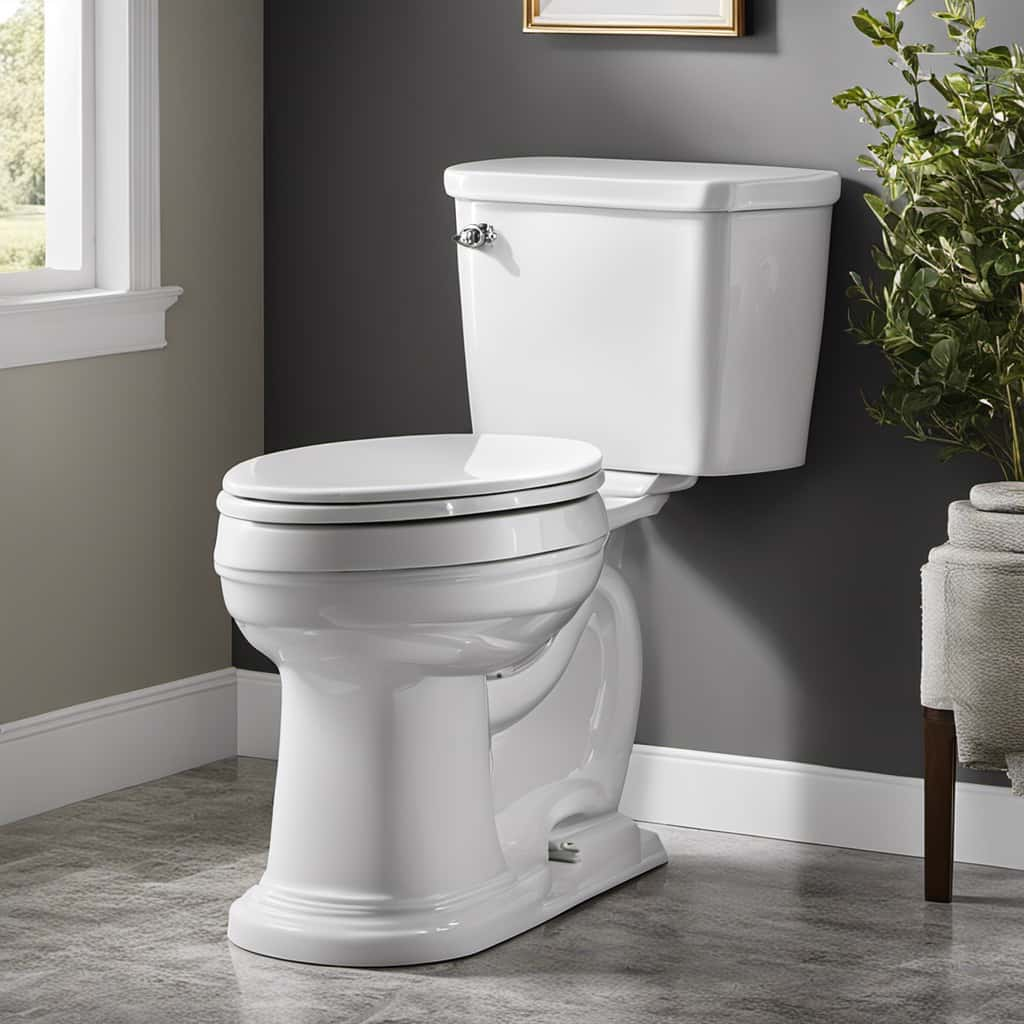
One interesting statistic to consider is that during a power outage, the average person flushes the toilet around 2,500 times per year.
This visualizes the potential inconvenience and importance of having alternative methods in place to ensure a functional toilet during such situations.
With an impeccable eye for detail and a passion for bathroom-related, Ava leads our editorial team gracefully and precisely.
Under her guidance, Best Modern Toilet has flourished as the go-to resource for modern bathroom enthusiasts. In her free time, you might find Ava exploring antique shops and looking for vintage bathroom fixtures to add to her collection.
FAQ - Advanced Bathroom Queries
Are You Allowed to Flush Toilet Paper

Are we overlooking the consequences of flushing toilet paper?
In this article, we explore the environmental consequences and plumbing issues associated with this common practice.
We’ll also delve into alternatives and proper disposal methods recommended by plumbing and environmental experts.
Join us as we navigate the complexities of this topic and gain a deeper understanding of whether we are allowed to flush toilet paper.
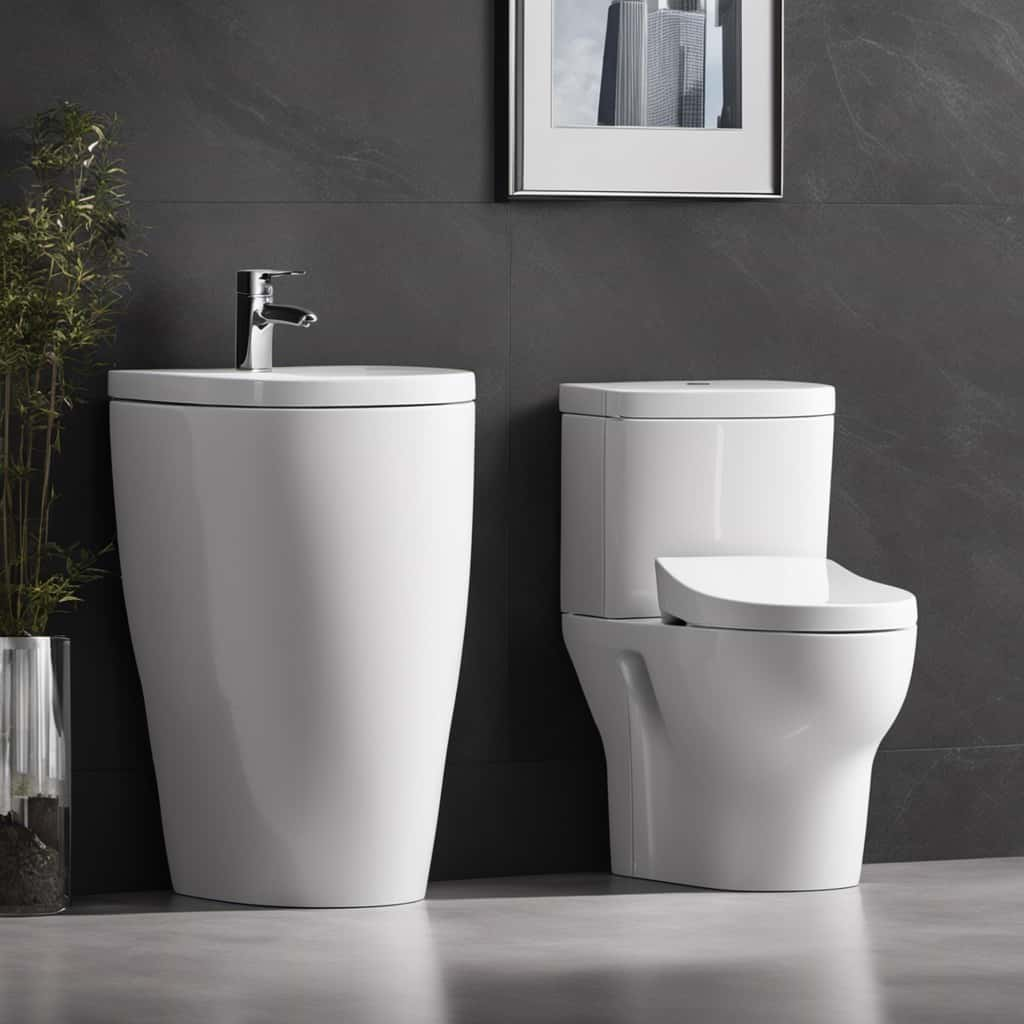
Get ready to master the art of responsible waste management.
Key Takeaways
- Flushing toilet paper contributes to water scarcity and wastes valuable water resources.
- Flushing too much toilet paper can lead to clogging and damage to sewage systems.
- Composting toilets and bidet attachments are sustainable alternatives to flushing toilet paper.
- Proper disposal methods, such as recycling and composting, help reduce the environmental impact of toilet paper.
Environmental Impact of Flushing Toilet Paper
Flushing toilet paper has a significant environmental impact, and we should be aware of its consequences. When we flush toilet paper, it contributes to two major environmental issues: water scarcity and deforestation.
Firstly, the production of toilet paper requires a significant amount of water. With water scarcity becoming a growing concern around the world, it’s important to recognize that flushing toilet paper wastes this valuable resource.
Secondly, the production of toilet paper contributes to deforestation. Trees are cut down to make pulp, which is then processed into toilet paper. This deforestation not only destroys ecosystems and habitats but also reduces the Earth’s ability to absorb carbon dioxide.
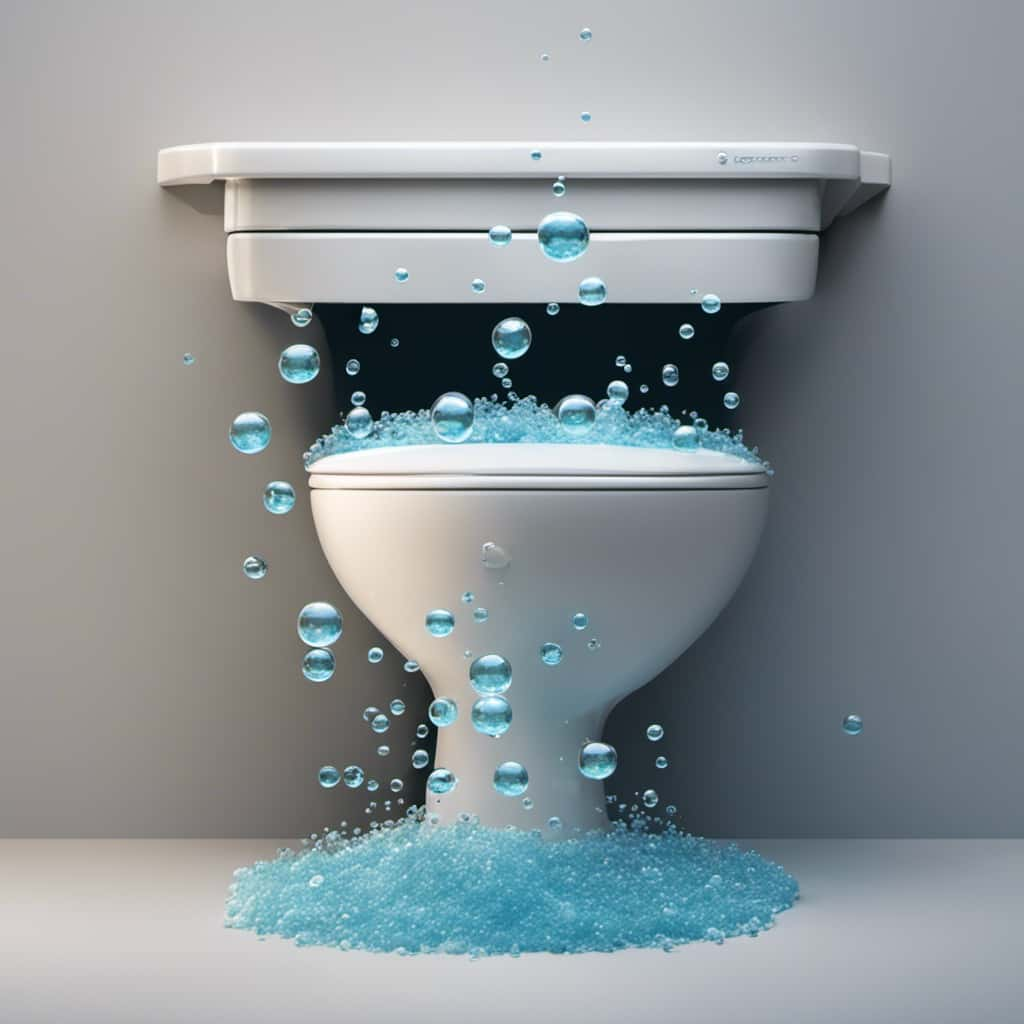
Therefore, it’s crucial that we consider alternative options, such as using bidets or recycled toilet paper, to minimize the environmental impact of flushing toilet paper.
Plumbing Issues Caused by Flushing Toilet Paper
Although it may seem convenient, flushing toilet paper can lead to various plumbing issues. One of the most common problems is toilet paper clogging. When too much toilet paper is flushed, it can accumulate and create blockages in the pipes. This can result in toilets that do not flush properly or even overflowing toilets. In addition to clogging, flushing toilet paper can also cause damage to the sewage system. The fibers in toilet paper do not break down easily, especially in older plumbing systems. Over time, these fibers can build up and cause damage to the pipes, leading to costly repairs. To illustrate the potential consequences of flushing toilet paper, refer to the table below:
| Plumbing Issues Caused by Flushing Toilet Paper |
|---|
| Toilet paper clogging |
| Sewage system damage |
To avoid these problems, it is best to dispose of toilet paper in a waste bin instead of flushing it. This simple change in behavior can help maintain the integrity of your plumbing system and prevent unnecessary expenses.
Alternatives to Flushing Toilet Paper
To avoid the plumbing issues caused by flushing toilet paper, we can explore alternative methods of disposal.
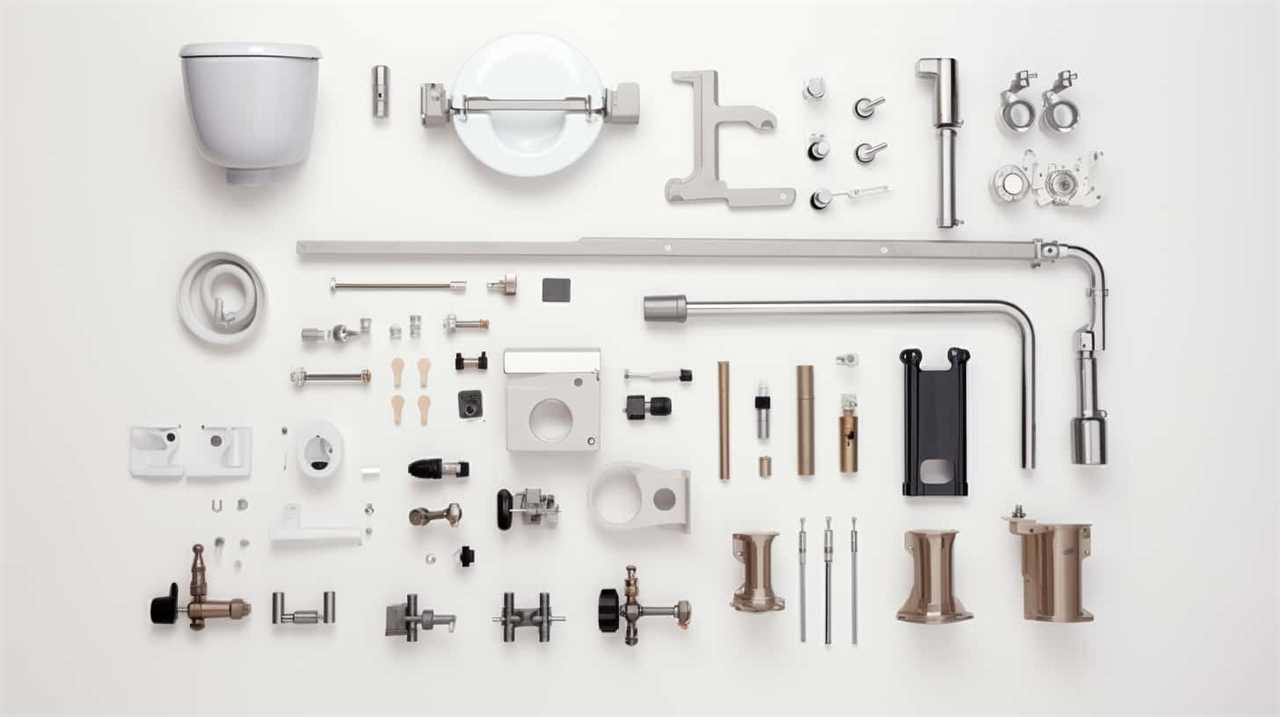
One such alternative is the use of composting toilets. Composting toilets are designed to efficiently break down human waste, including toilet paper, using natural processes. These toilets separate solid waste from liquid waste and utilize aerobic bacteria to decompose the organic matter. The resulting compost can then be used as a nutrient-rich fertilizer for plants.
Another alternative is the use of bidet attachments. Bidets are devices that use water to clean oneself after using the toilet. Bidet attachments can be easily installed on existing toilets and provide a more hygienic and environmentally friendly option.
Proper Disposal Methods for Toilet Paper
We can dispose of toilet paper properly by simply throwing it in the designated trash bin.
However, there are also other environmentally friendly options for toilet paper disposal. One option is toilet paper recycling. Some companies specialize in recycling toilet paper, where it’s collected, processed, and turned into new paper products. This not only reduces waste but also saves trees and energy.
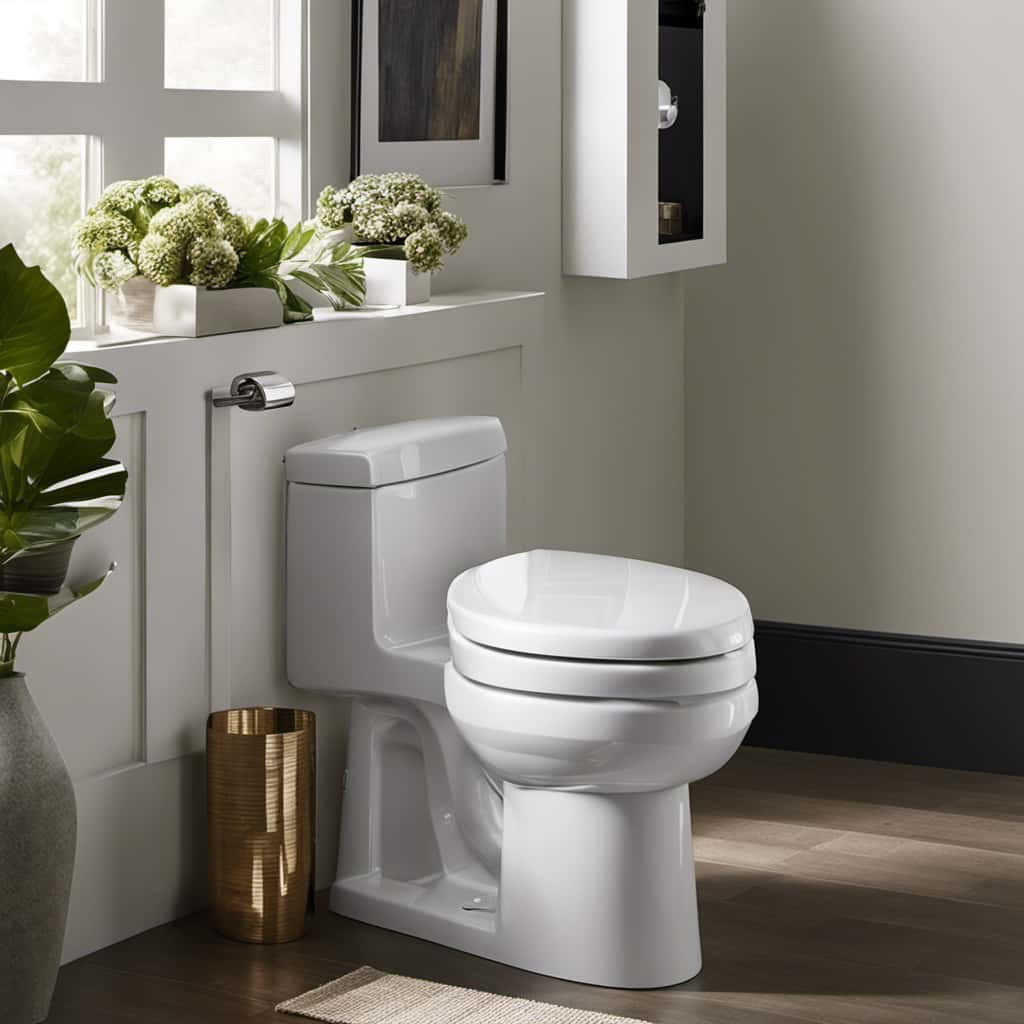
Another option is composting toilet paper. Composting toilet systems are designed to break down organic waste, including toilet paper, into nutrient-rich compost. This compost can then be used as fertilizer for gardens and plants. It’s important to note that not all toilet paper is suitable for composting, so it’s essential to choose toilet paper that’s specifically labeled as compostable.
Recommendations From Plumbing and Environmental Experts
According to plumbing and environmental experts, our recommendation is to consult with your local water and sanitation authorities for guidelines on flushing toilet paper. These authorities are knowledgeable about the specific waste management systems in your area and can provide you with accurate information on how to properly dispose of toilet paper.
It’s important to follow their guidelines to ensure the efficient and environmentally friendly management of toilet paper waste.
Additionally, it’s worth considering eco-friendly toilet paper options, which are becoming increasingly popular. These options are made from recycled materials or sustainable sources, reducing the environmental impact associated with traditional toilet paper production.
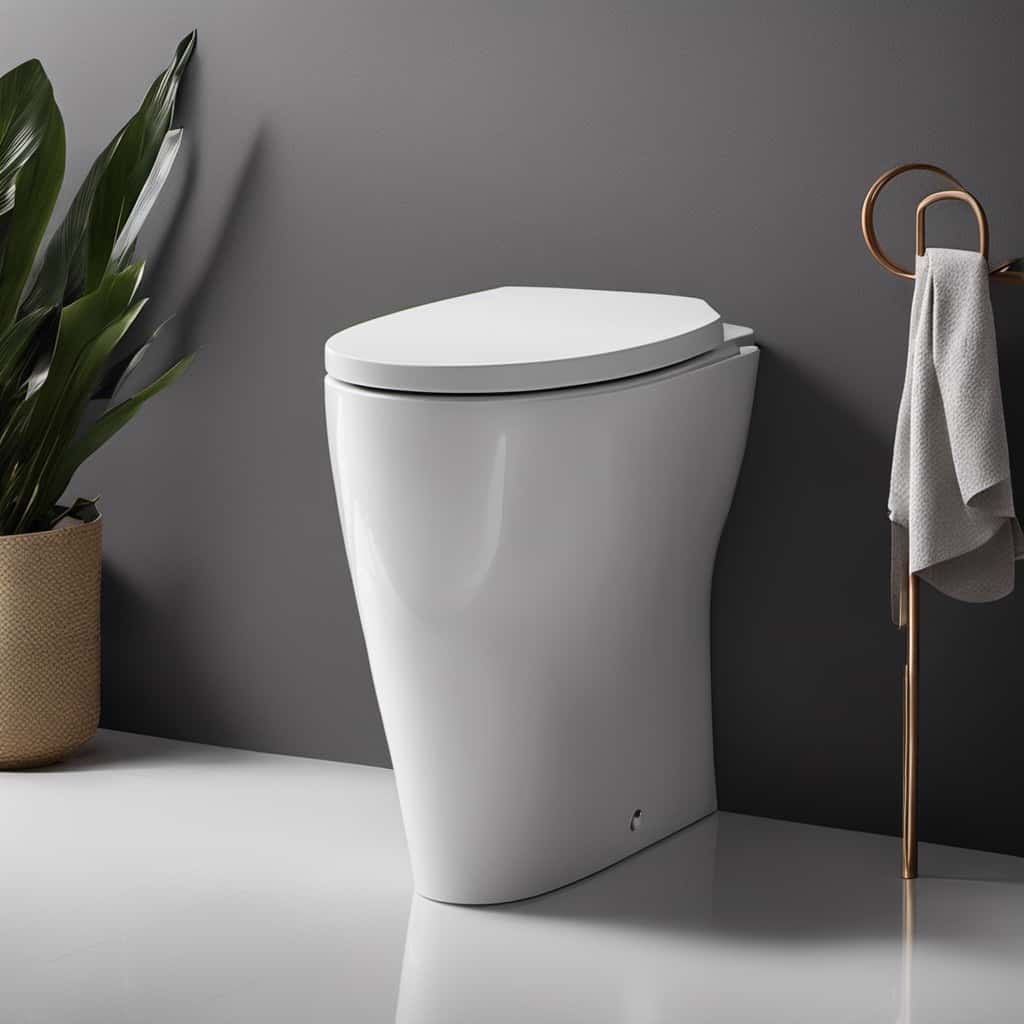
Frequently Asked Questions
Is It True That Flushing Toilet Paper Can Cause Plumbing Issues?
Flushing toilet paper can cause plumbing issues. The plumbing consequences include clogged pipes and potential damage to the septic system. It is important to properly dispose of toilet paper in a waste bin to prevent these problems.
What Are Some Alternative Options to Flushing Toilet Paper?
When it comes to the question of alternative options to flushing toilet paper, one option that comes to mind is using a bidet. The benefits of using bidets include improved hygiene and reduced paper waste.
How Should Toilet Paper Be Properly Disposed Of?
Toilet paper should be properly disposed of by either recycling it or composting it. Recycling toilet paper helps to reduce waste, while composting toilet paper allows it to break down naturally and become a nutrient-rich soil amendment.
What Are the Recommendations From Plumbing Experts Regarding Toilet Paper Usage?
Plumbing experts recommend considering toilet paper alternatives and eco-friendly options. It’s essential to be mindful of proper disposal methods and not flush non-flushable items to prevent clogs and damage to the plumbing system.
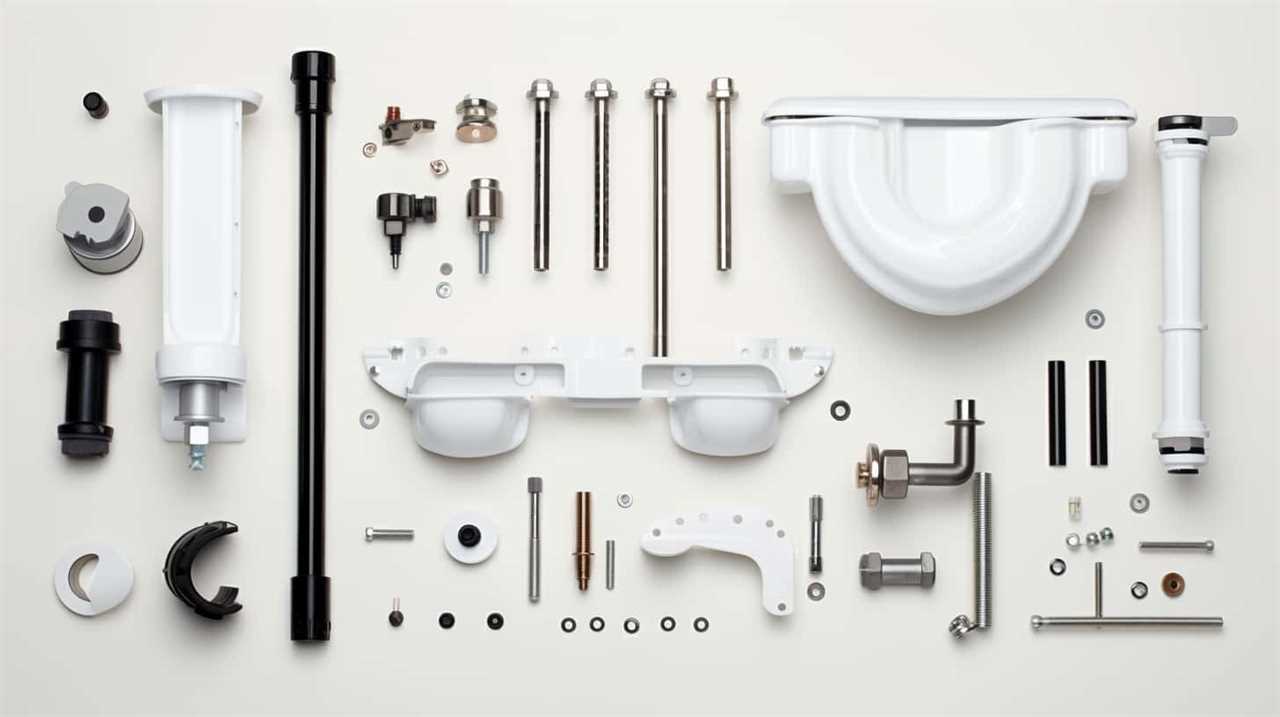
How Does Flushing Toilet Paper Impact the Environment?
Flushing toilet paper can have a negative impact on the environment. Toilet paper production contributes to deforestation, as trees are cut down to make it. Proper disposal methods, such as using a designated bin, can help mitigate these effects.
Conclusion
In conclusion, it’s crucial to consider the environmental impact and potential plumbing issues caused by flushing toilet paper.
Instead, explore alternatives such as bidets or wet wipes that can be disposed of properly.
By doing so, we can help preserve our planet and avoid costly plumbing repairs.
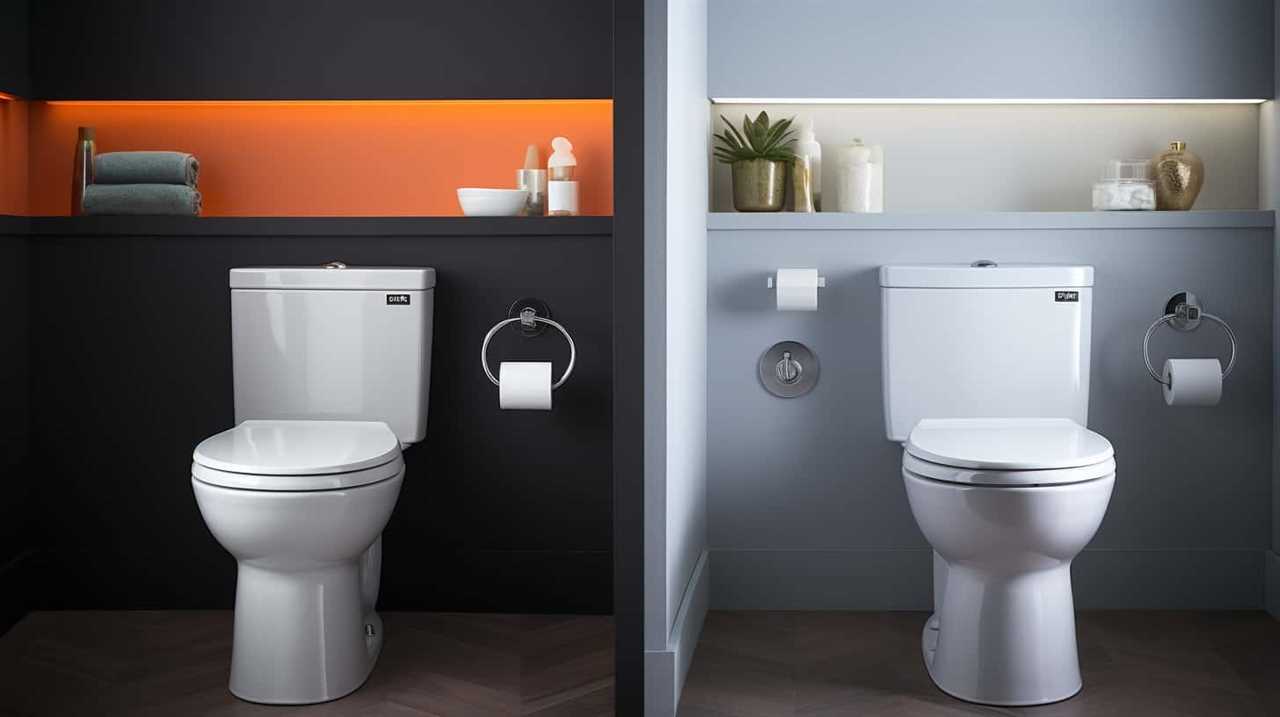
Remember, like a drop in a vast ocean, our small choices can create ripples of positive change.
With an impeccable eye for detail and a passion for bathroom-related, Ava leads our editorial team gracefully and precisely.
Under her guidance, Best Modern Toilet has flourished as the go-to resource for modern bathroom enthusiasts. In her free time, you might find Ava exploring antique shops and looking for vintage bathroom fixtures to add to her collection.
FAQ - Advanced Bathroom Queries
Can You Flush Toilet if Water Is off
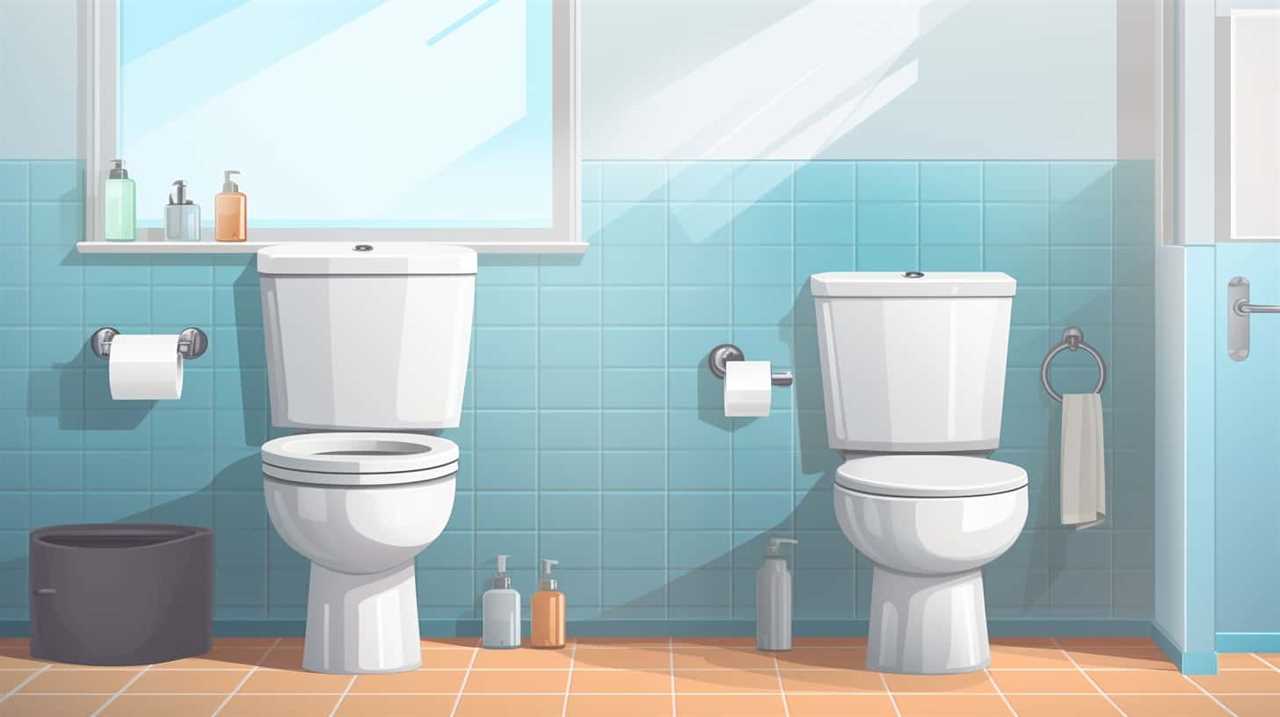
Picture a scenario in which the water in your household suddenly vanishes, rendering you unable to flush the toilet.
Don’t panic! In this article, we will explore various methods to overcome this challenge and keep your bathroom functioning smoothly.
From understanding different types of toilets to utilizing alternative water sources and even resorting to using buckets or containers, we will equip you with the knowledge to handle such situations with ease.
Prepare for emergencies and master the art of flushing without water!
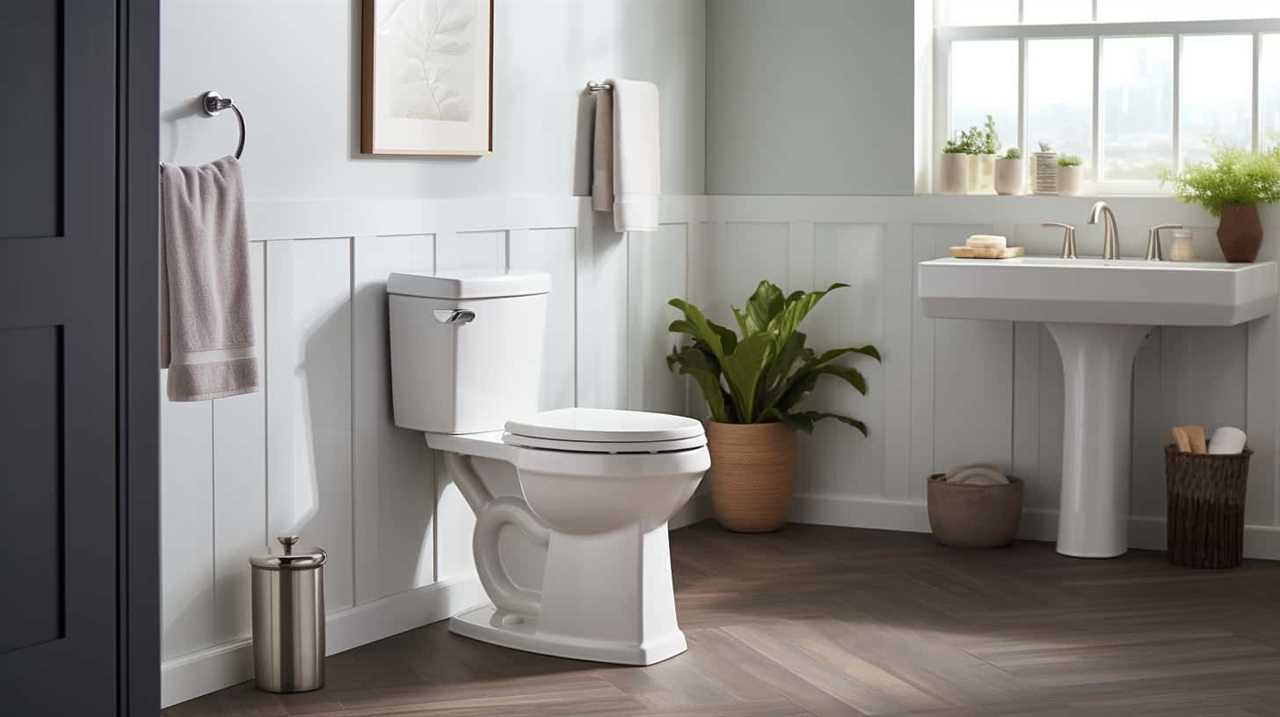
Key Takeaways
- Understanding the type of toilet you have is crucial in determining if it can be flushed when the water is off.
- Alternative water sources like rainwater harvesting and greywater systems can be used for flushing toilets during water shortages.
- Regular maintenance of toilets is important to ensure proper functioning and longevity of the system.
- Emergency preparedness involves keeping emergency supplies, having backup water sources, learning makeshift plumbing techniques, and staying informed about local emergency protocols and resources.
Type of Toilet Matters
We found that the type of toilet you have will determine whether or not you can flush it when the water is off. This is particularly relevant for portable toilets and composting toilets.
Portable toilets, which are commonly used in camping or outdoor events, typically have their own built-in flushing system that doesn’t rely on a constant water supply. Therefore, even if the water is turned off, you can still flush these toilets.
On the other hand, composting toilets, which are designed to break down waste into compost, don’t require water for flushing. Instead, they use a dry composting process, making them completely independent of water supply.
Understanding the type of toilet you have is crucial in determining whether or not you can flush it when the water is off.
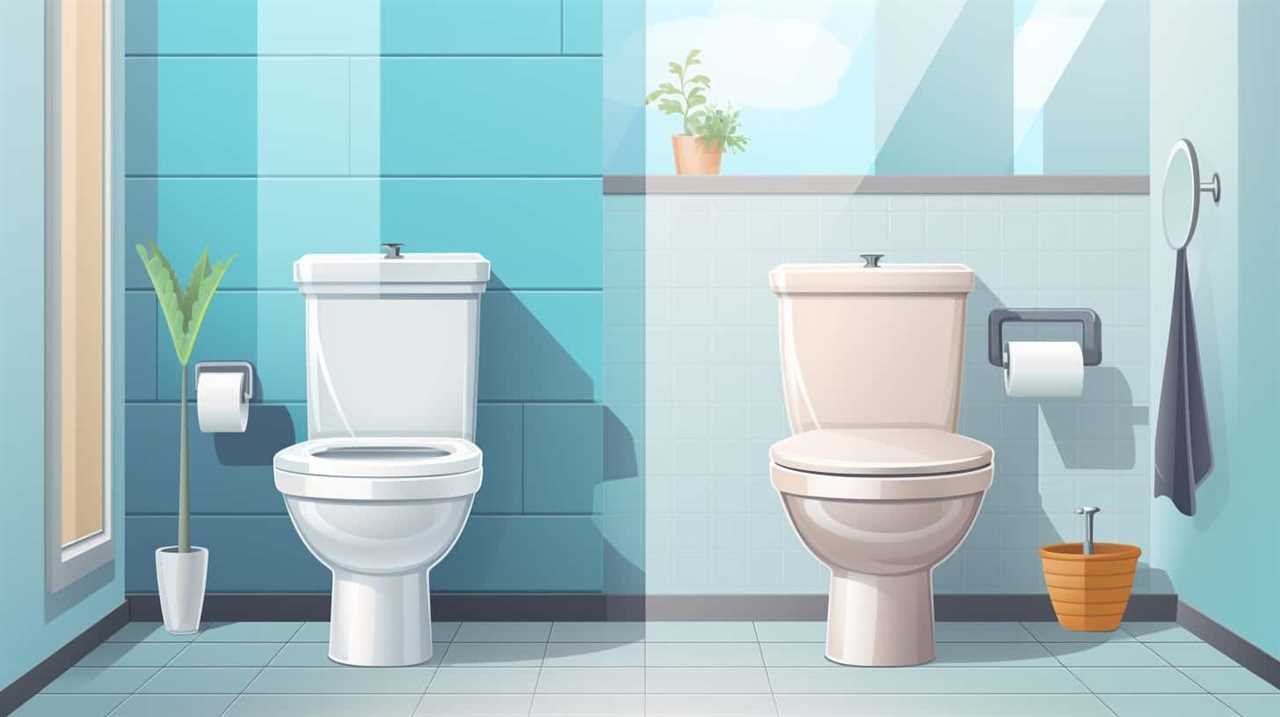
Now, let’s explore alternative water sources for flushing toilets.
Alternative Water Sources
Now let’s explore the alternative water sources available for flushing toilets when water is turned off. When faced with a water shortage, it’s important to consider rainwater harvesting and water conservation techniques as viable options. Rainwater harvesting involves collecting and storing rainwater for later use. This can be done by installing rain barrels or cisterns that capture rainwater from rooftops and divert it to a storage container. To give you a better understanding of the options available, here is a table outlining some alternative water sources for flushing toilets:
| Alternative Water Sources | Description |
|---|---|
| Rainwater harvesting | Collecting and storing rainwater for later use. |
| Water conservation | Implementing strategies to reduce water usage. |
Using a Bucket or Container
To continue the discussion from the previous subtopic, let’s explore how we can utilize a bucket or container to flush the toilet when the water is turned off.
When it comes to using a bucket or container for flushing, there are a few key points to consider:
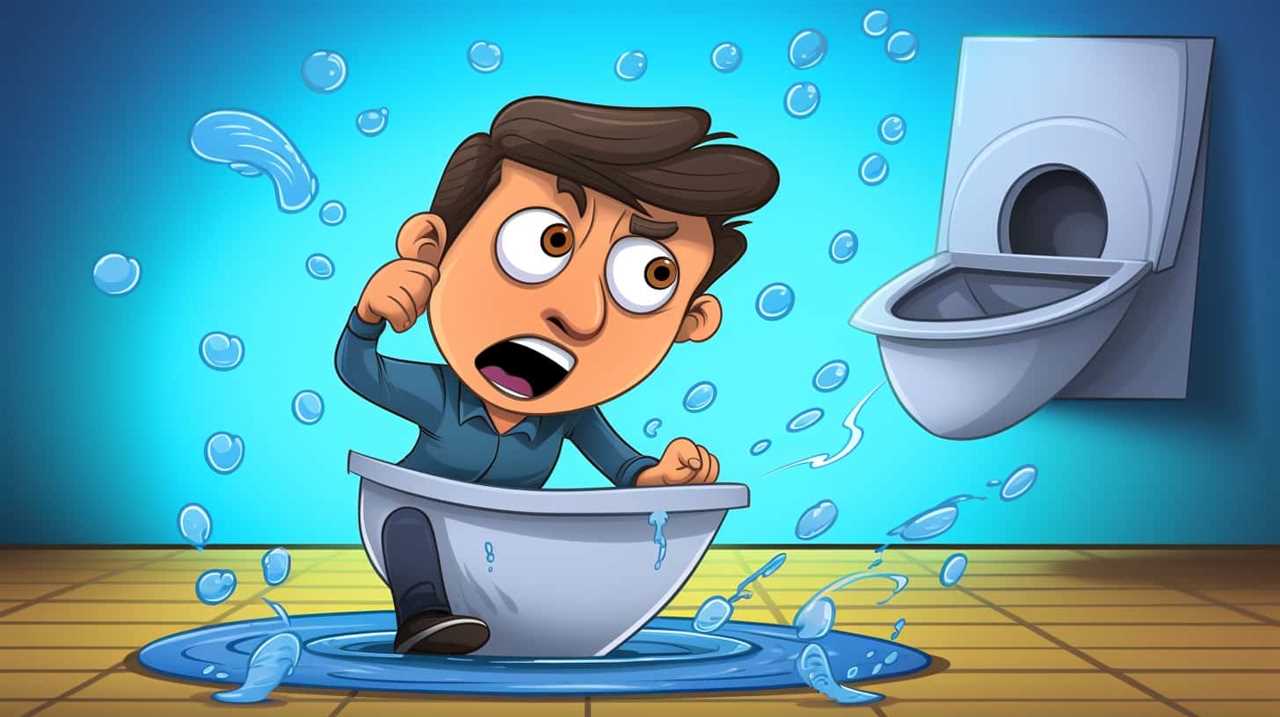
- Bucket vs. container: Both options can be used effectively for flushing. A bucket offers a larger capacity, allowing for multiple flushes with less trips to refill. On the other hand, a container may be more convenient to carry and pour into the toilet.
- Water conservation methods: Using a bucket or container for flushing helps conserve water during periods of water shortage. By manually pouring water into the toilet, you can avoid using unnecessary amounts of water from alternative sources.
- Proper handling: It’s important to handle the bucket or container with care to avoid spills and ensure efficient flushing. Be mindful of the weight and pour steadily to avoid accidents.
- Cleaning and sanitizing: After using a bucket or container to flush the toilet, it’s crucial to clean and sanitize them thoroughly to maintain hygiene and prevent the spread of bacteria.
In order to maintain a functional toilet system, it’s important to regularly maintain and inspect the various components. Now, let’s move on to discussing the importance of regular maintenance.
Importance of Regular Maintenance
Regular maintenance of a toilet system is crucial for ensuring its proper functioning and longevity. Neglecting regular maintenance can lead to various issues such as clogs, leaks, and inefficiency. Hiring professionals for toilet maintenance offers numerous benefits. They have the expertise and tools to identify and fix problems before they escalate, saving you time, money, and frustration. Additionally, professionals can provide valuable advice on how to optimize your toilet system’s performance and extend its lifespan.
To illustrate the importance of regular maintenance, consider the following common mistakes that homeowners make:
| Common Maintenance Mistakes | Consequences |
|---|---|
| Neglecting to clean the toilet regularly | Accumulation of dirt, stains, and unpleasant odors |
| Failing to check and replace worn-out parts | Increased risk of leaks and decreased efficiency |
| Ignoring unusual noises or slow flushing | Potential for major clogs or system failures |
Emergency Preparedness Tips
After prioritizing regular maintenance, it’s important to be prepared for emergencies in case the water to your toilet is shut off. Here are four essential emergency preparedness tips to help you navigate such situations:
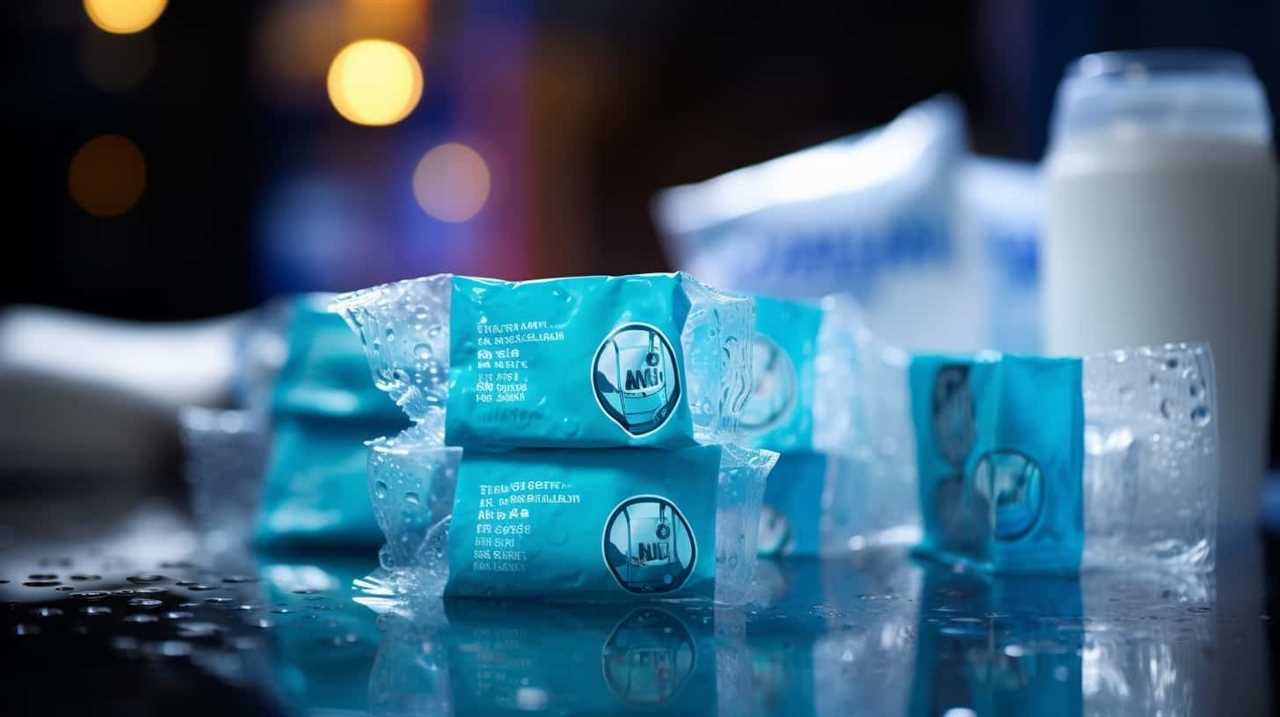
- Emergency Supplies: Keep a stash of essential items such as bottled water, non-perishable food, flashlights, batteries, and a portable radio. These supplies will come in handy during a water outage or any other emergency.
- Water Storage: Consider storing additional water in large containers or water storage tanks. This will ensure you have access to water for flushing the toilet and other necessary uses during a water shutdown.
- Sanitation Alternatives: In the absence of water, utilize alternative sanitation methods, such as using disposable hygiene products or keeping a supply of sanitary wipes and hand sanitizer.
- Communication Plans: Develop a communication plan with your household members to stay connected during emergencies. Establish a meeting point and assign responsibilities to ensure everyone’s safety and well-being.
Frequently Asked Questions
Can I Flush My Toilet if the Water Supply to My House Is Temporarily Shut Off?
Yes, we can flush the toilet if the water is temporarily shut off. There are alternative toilet flushing techniques, such as pouring a bucket of water into the bowl. It’s important to conserve water in these situations.
What Types of Toilets Are More Likely to Be Able to Flush Without Water?
Waterless toilets, such as composting toilets and incinerating toilets, are more likely to be able to flush without water. DIY methods for flushing without water include pouring a bucket of water into the bowl.
Are There Any Alternative Water Sources That Can Be Used to Flush the Toilet if the Water Is Off?
Yes, there are alternative water sources that can be used to flush the toilet if the water is off. Options include using stored rainwater, melted snow, or even water from other sources like a swimming pool, as long as water conservation practices are followed.
Can I Use a Bucket or Container of Water to Manually Flush the Toilet?
Yes, we can use a bucket or container of water to manually flush the toilet. It’s a common alternative when the water is off. Just pour the water forcefully into the bowl to create a flushing effect.
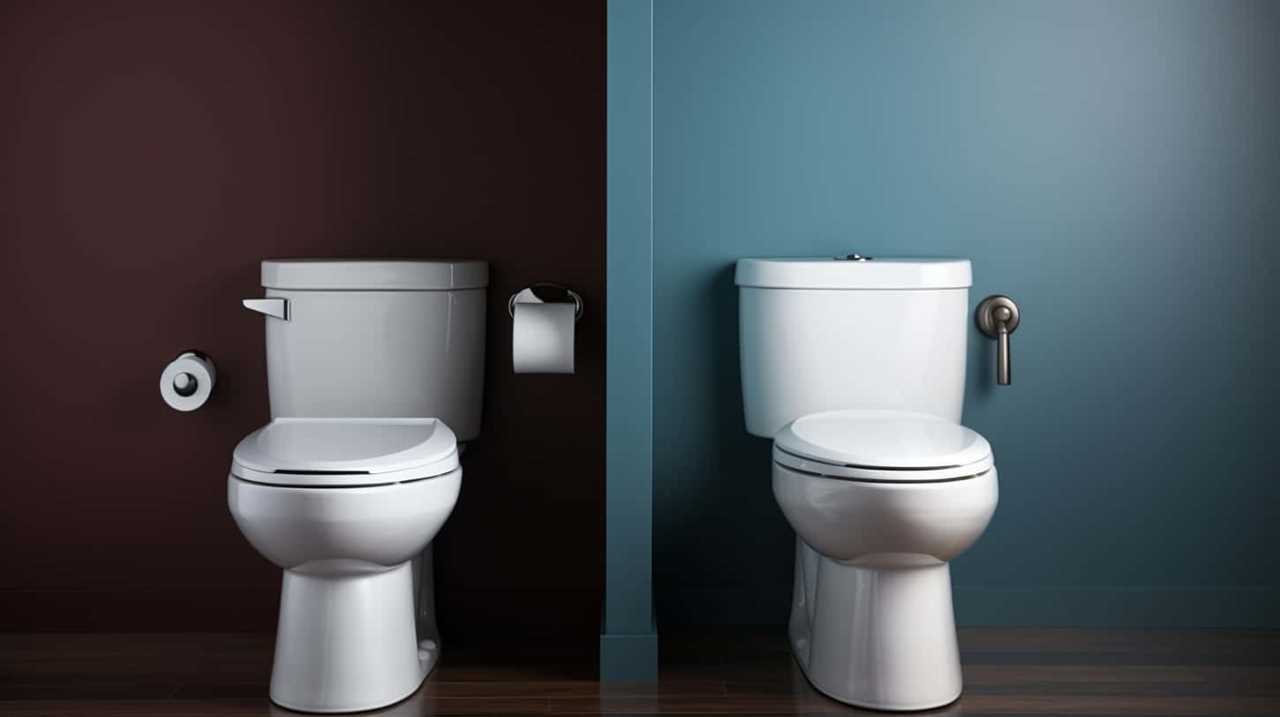
Why Is Regular Maintenance of the Toilet Important for Its Proper Functioning, Especially During Water Shortages or Emergencies?
Regular toilet maintenance is crucial for proper functioning, especially during water shortages or emergencies. By keeping the toilet clean, checking for leaks, and avoiding flushing non-flushable items, you can prevent clogs and ensure it works efficiently.
Conclusion
So, the next time you find yourself in a situation where the water is off and you need to use the toilet, remember that it’s not the end of the world.
With the right type of toilet, alternative water sources, and a little improvisation, you can still flush and maintain your sanity.
Just don’t forget the importance of regular maintenance and emergency preparedness.
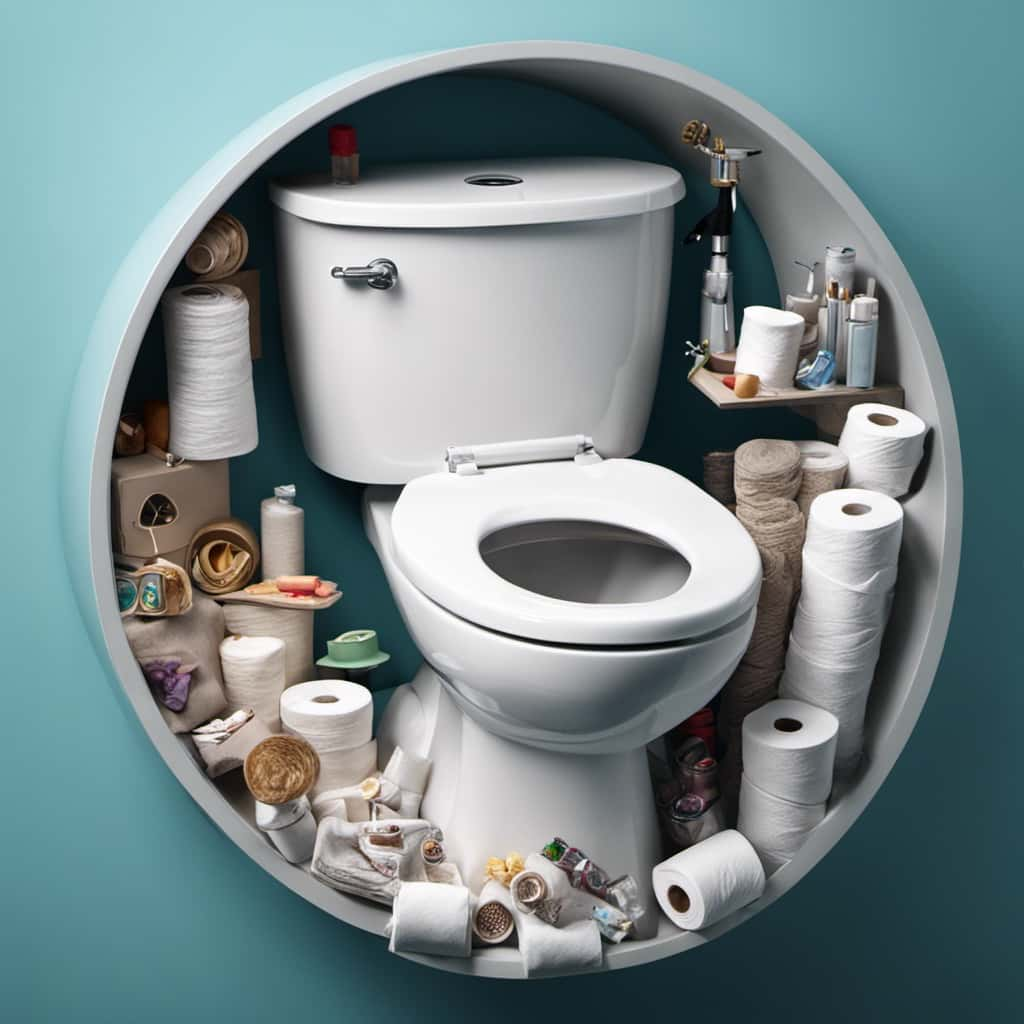
After all, who knew that something as simple as flushing a toilet could become a lesson in survival?
With an impeccable eye for detail and a passion for bathroom-related, Ava leads our editorial team gracefully and precisely.
Under her guidance, Best Modern Toilet has flourished as the go-to resource for modern bathroom enthusiasts. In her free time, you might find Ava exploring antique shops and looking for vintage bathroom fixtures to add to her collection.
-

 Reviews2 months ago
Reviews2 months agoBest Toilet Air Freshener: Top 10 Picks for a Fresh-Smelling Bathroom [2024]
-
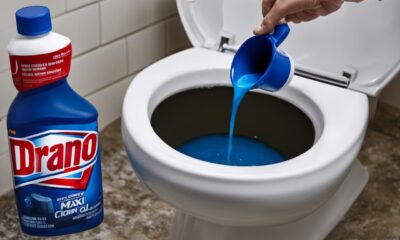
 FAQ - Advanced Bathroom Queries3 months ago
FAQ - Advanced Bathroom Queries3 months agoGuide: How to Use Drano Max Gel in Your Toilet
-

 FAQ - Advanced Bathroom Queries2 months ago
FAQ - Advanced Bathroom Queries2 months agoWhich Countries Use Bidets the Most
-

 FAQ - Advanced Bathroom Queries3 months ago
FAQ - Advanced Bathroom Queries3 months agoWhy Does My Poop Leave Streaks in the Toilet
-
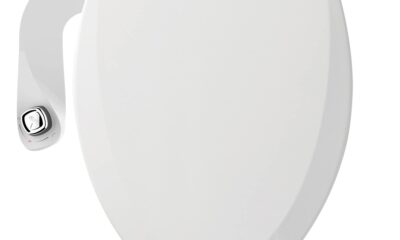
 Reviews2 months ago
Reviews2 months agoBest Waterless Toilets: Top Options for Eco-Friendly Bathrooms [2024]
-
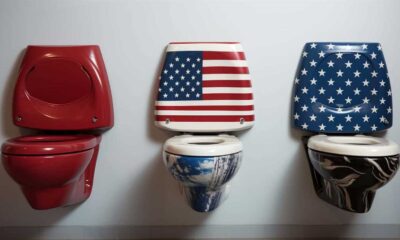
 Buying Guides2 months ago
Buying Guides2 months agoWhat to Do When You Accidentally Flushed Something Down the Toilet
-

 FAQ - Advanced Bathroom Queries3 months ago
FAQ - Advanced Bathroom Queries3 months agoHow Do Toilets Work in Bali
-

 FAQ - Advanced Bathroom Queries3 months ago
FAQ - Advanced Bathroom Queries3 months agoWhat to Do if You Accidentally Flushed Something Down the Toilet





















